When choosing bathroom tub faucets, consider their appearance, material, control method (single handle/constant temperature), and whether it features a handheld shower head, among other factors. But the core parameter that determines how long you have to wait for water filling, whether it is easy to splash, and whether the hot water is enough. The overall water efficiency is the flow rate. Most brands will use GPM (Gallons Per Minute) to mark the water output of the bathtub faucet. How to use this number to achieve the best balance between "faster comfort" and "saving efficiency"? This article provides the judgment method, calculation logic, and purchase list that you can use directly from the consumer's perspective.
1. Why do you care about the flow rate of the bathtub faucet?
① Waiting time
The flow rate directly determines the speed at which the bathtub fills. For example, a 60-gallon bathtub can be filled in approximately 12 minutes with a 5 GPM faucet; with an 8 GPM faucet, it takes only about 7.5 minutes.
② Water heater capacity matching
High flow will drain the adequate hot water of the water heater faster. If the water heater capacity is insufficient, you may run out of hot water before the water is filled.
③ Water pressure, pipe diameter and pipeline layout
The actual flow rate is affected by several factors, including household water pressure, pipe diameter (1/2" vs. 3/4"), valve core, and flow restrictor. The product is nominally 8 GPM, which does not necessarily mean that your home can achieve this rate.
④ Water efficiency and regulations
Basin faucets are often subject to stricter water-saving regulations. At the same time, bathtub faucets (Also Known as Tub Fillers) usually allow higher flow rates to shorten the waiting time for water to fill. However, it is still recommended to follow local regulations and check whether the brand offers water-saving options.
2. Common flow ranges: How to understand these numbers?
4-6 GPM: Common, considering efficiency and water heater pressure, suitable for most standard-sized bathtubs (~50-70 gallons).
6-8 GPM: Suitable for deep soaking (Soaking) or large-capacity bathtubs, which can significantly shorten the filling time, but it is necessary to confirm whether the hot water supply can keep up.
>8 GPM (such as 10–12 GPM or even higher): faster, but higher requirements for water pressure, pipe diameter, and water heater capacity; if there is neither a large-capacity bathtub nor a high-power water heater, it isn't very sensible.
3. Use a formula to calculate the water filling time yourself
(1) Formula:
Filling time (minutes) = bathtub effective capacity (gallons) ÷ actual water flow (GPM)
Example:
60-gallon bathtub, 5 GPM → 60 ÷ 5 = 12 minutes
70-gallon bathtub, 8 GPM → 70 ÷ 8 ≈ 8.75 minutes
Remember to use "effective water filling volume" (minus the water level that does not need to be filled), and consider that the actual flow rate may be slightly lower than the nominal value after mixing hot and cold water.

4. Key factors affecting actual flow rate
Ø Water pressure (PSI)
Too low water pressure will significantly reduce the actual flow rate; too high water pressure may cause water hammer and safety problems (can be optimised through pressure reducing valves and anti-water hammer devices).
Ø Pipe diameter (1/2" vs 3/4")
Large-diameter pipes provide greater flow; many high-flow bathtub faucets recommend using a 3/4" supply pipe.
Ø Valve core structure and flow restrictor
Different structures, such as ceramic valve cores and thermostatic valve cores, have various degrees of flow restriction; some brands can choose to install/remove flow restrictors (subject to local regulations).
Ø Water mixing method and temperature
The higher the proportion of cold water mixed, the closer the total flow is to the nominal in theory; however, heating efficiency and water heater recovery speed will affect the continuous and stable hot water output.
Ø Pipeline length and number of elbows
Excessive length or too many elbows will increase resistance and reduce actual flow.
5. Comfort vs. efficiency: strategies for different scenarios
Ø Standard home bathtub (50–70 gallons):
4–6 GPM is usually sufficient, with a filling time of 10–15 minutes, acceptable waiting time, and moderate hot water pressure.
Ø Deep soaking or freestanding large-capacity bathtub (70–100+ gallons):
6–8 GPM Even higher flow rates can significantly improve the waiting experience, but the water heater capacity and water supply system should be upgraded simultaneously.
Ø Families sensitive to water heater capacity:
Control the flow rate appropriately and use a thermostatic valve core to prevent high flow rates, which can cause hot water to run out instantly, thereby improving the actual comfort of use.
Ø Scenarios that emphasise water conservation:
Set a flow limiter or choose a faucet with a lower GPM, and use a reasonable water filling depth (no need to fill the tub every time) to achieve a balance between efficiency and environmental protection.
6. A short table: Common bathtub capacity and water filling time corresponding to flow rate (example)
Note: The following is an estimated example, and the actual time will vary due to factors such as water pressure, pipe diameter, and water mixing ratio.
|
Tub Capacity (Gallons) |
4 GPM |
5 GPM |
6 GPM |
8 GPM |
|
50 |
12.5 min |
10 min |
8.3 min |
6.25 min |
|
60 |
15 min |
12 min |
10 min |
7.5 min |
|
70 |
17.5 min |
14 min |
11.7 min |
8.75 min |
|
80 |
20 min |
16 min |
13.3 min |
10 min |
7. "Key Confirmation Checklist" before purchase/installation
① Confirm the adequate capacity of the bathtub (not the external nominal volume) and match it with the proper hot water volume of the water heater.
② Check the nominal GPM of the faucet: at what water pressure (such as 60 PSI) is it measured?
③ Ask if a 3/4" water supply pipe is required and whether your existing pipes are sufficient to support the flow rate.
④ Confirm whether there are anti-scalding and constant temperature functions to avoid temperature fluctuations or safety risks under high flow rates.
⑤ Understand local water-saving regulations (if any) and flow restrictor requirements to avoid illegal installation.
⑥ Evaluate whether a pressure-reducing valve and anti-water hammer settings are required to protect the life of the pipes and valve cores.
⑦ Verify whether the brand offers maintainable valve cores and accessories to minimise long-term maintenance costs.
8. Common misunderstandings and pitfall avoidance tips
Myth 1: The higher the flow rate, the better
Although a high flow rate is fast, the water heater may not be able to keep up, resulting in "fast, but not enough hot water". Balance is crucial.
Myth 2: Nominal GPM = actual GPM
Ignoring water pressure, pipe diameter, mixed water, flow restrictors, and elbow losses will overestimate actual performance.
Myth 3: Not considering noise and splashing
Excessive water drops and water flow can cause noise and splashing, negatively impacting the experience.
Myth 4: Only look at the faucet, not the system
Flow is a system-level result. The water heater, pipes, water pressure, and valve core jointly determine the experience.
9. Conclusion: The correct flow is the best
The so-called "optimal flow" is never a fixed number, but the result of a perfect match with your bathtub capacity, water heater capacity, household water habits, and installation conditions. For most families, a flow rate of 4-6 GPM can achieve a good balance between efficiency and comfort. For large-capacity soaking bathtubs, 6-8 GPM may be more suitable, but please note that upgrading the hot water and water supply system is also recommended at the same time. When purchasing, you may want to use the calculation method and list in this article to accurately convert "GPM" into a water filling speed that provides a comfortable experience you can feel.

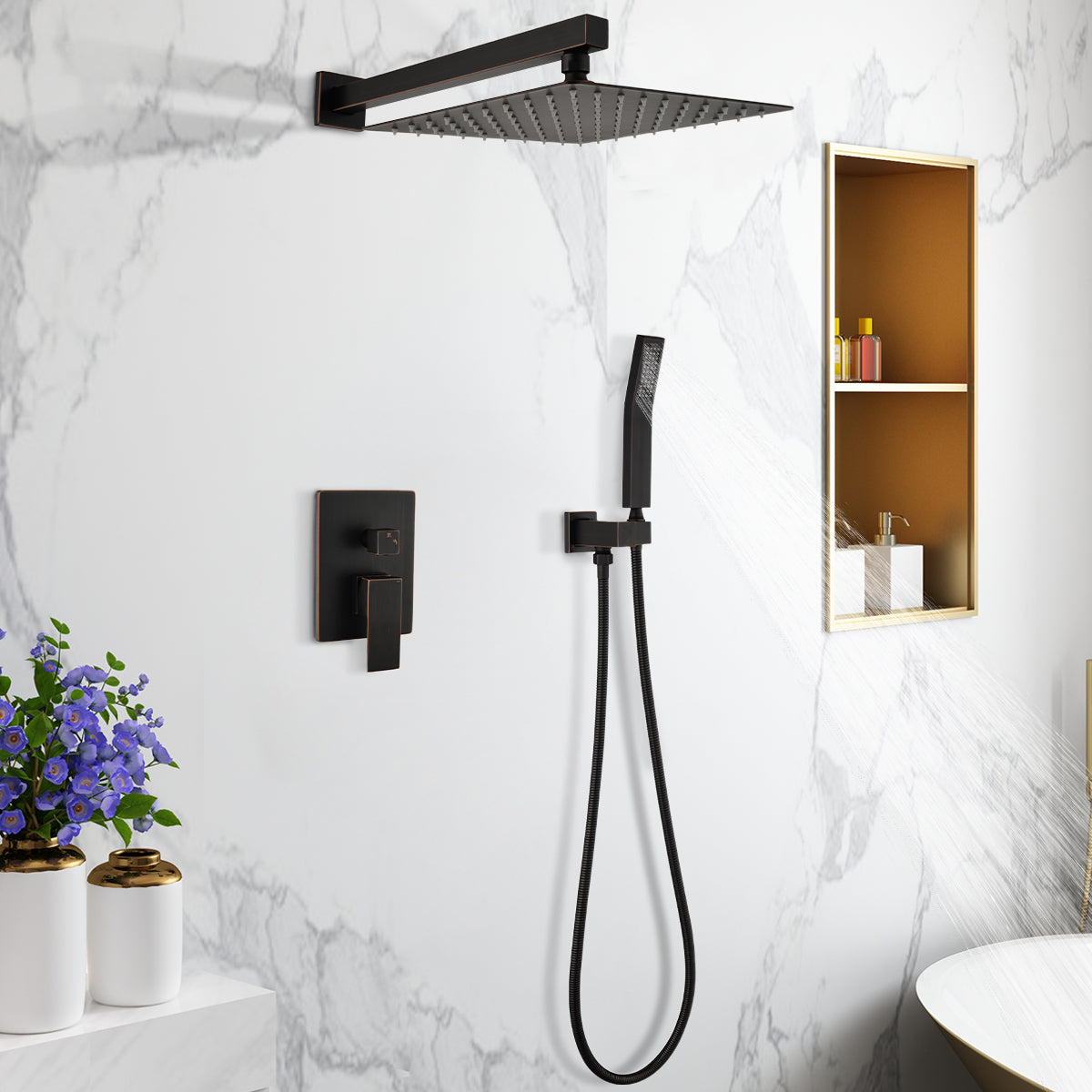
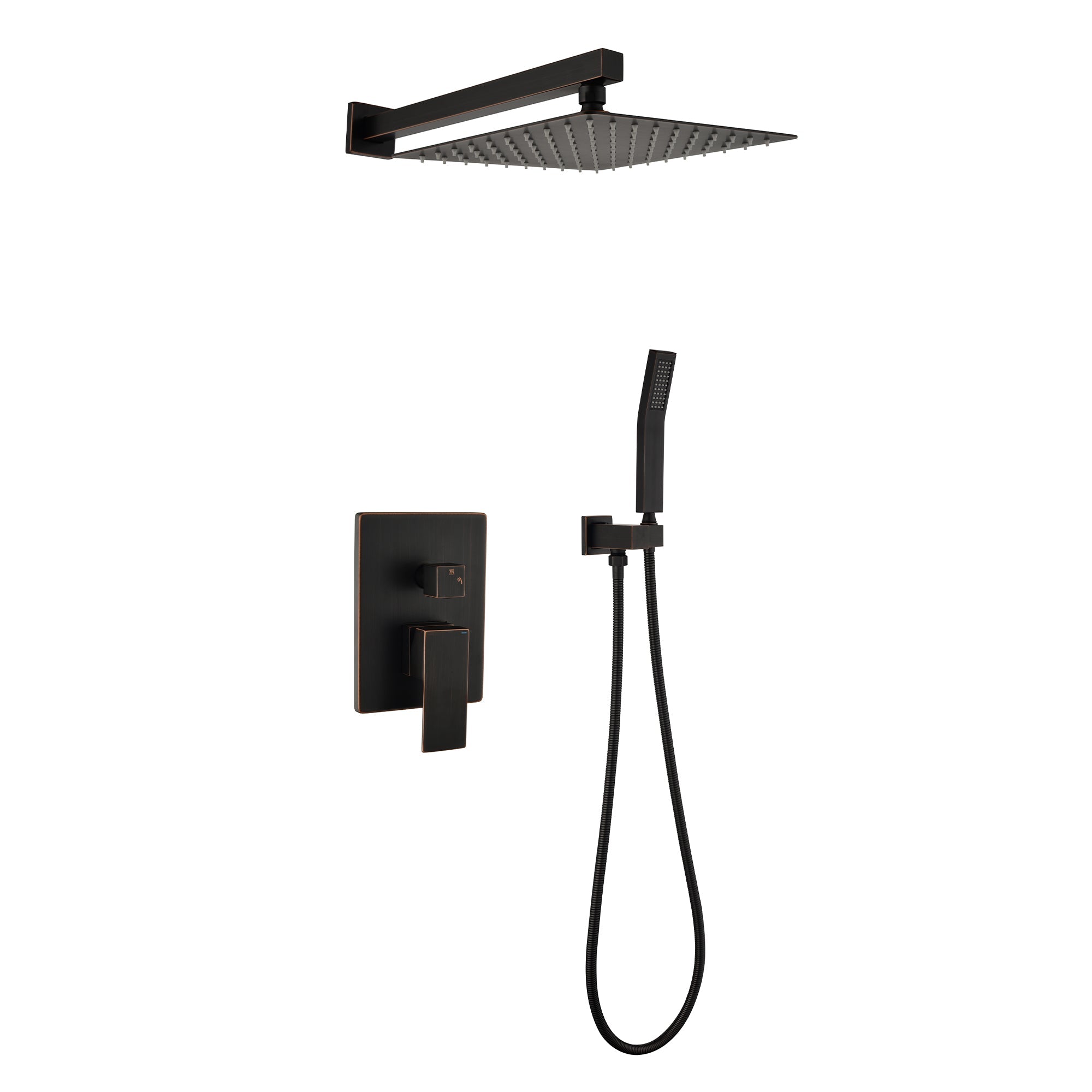


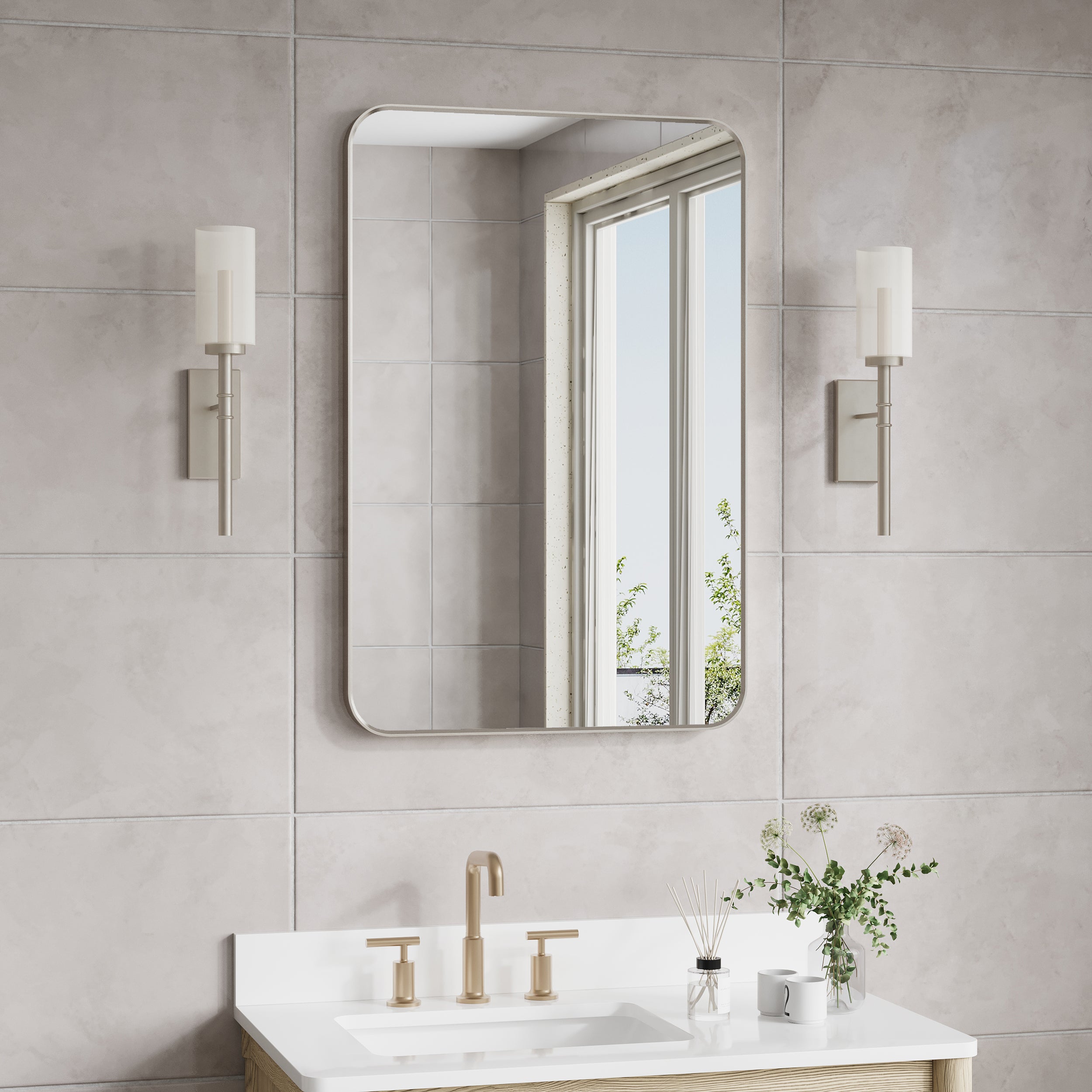
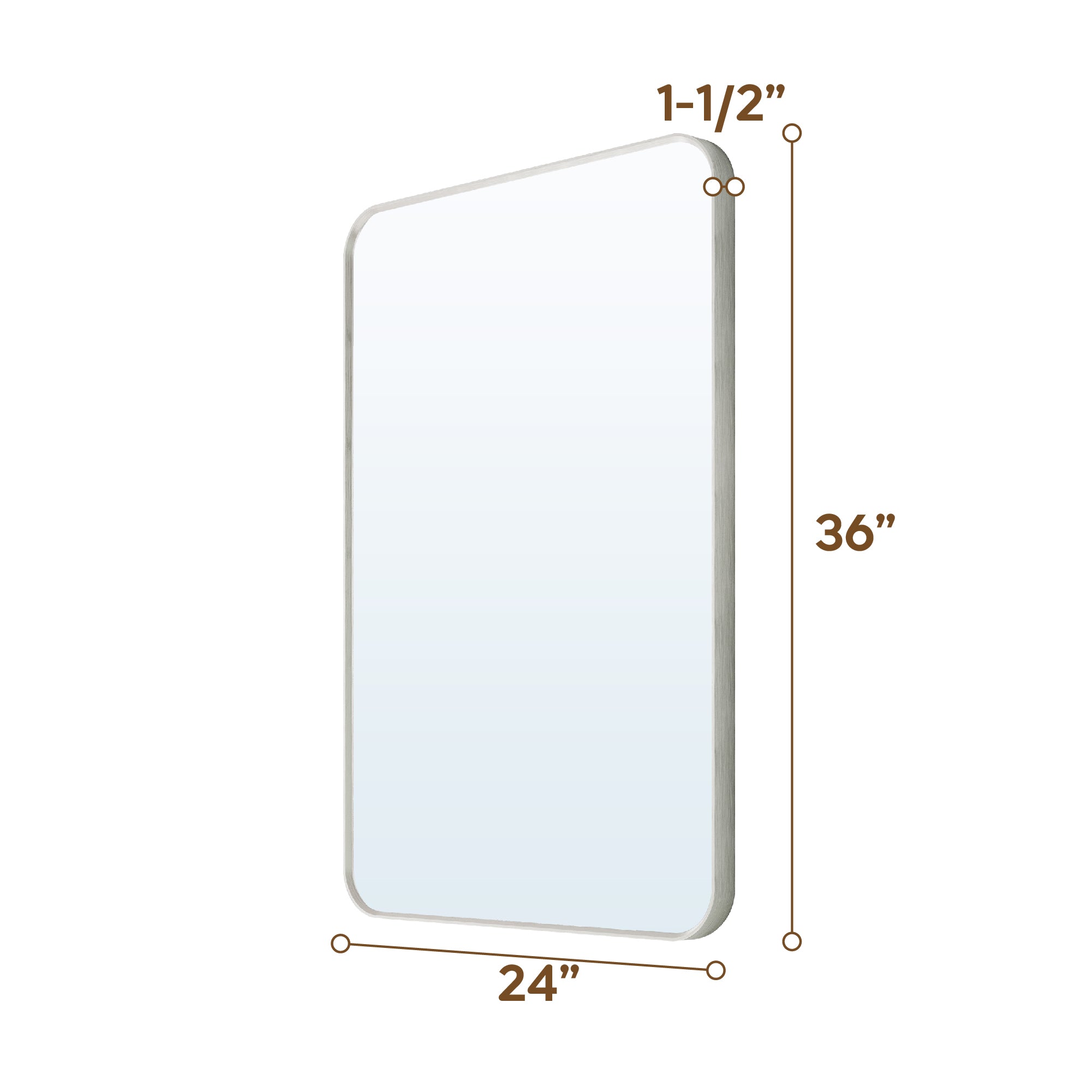

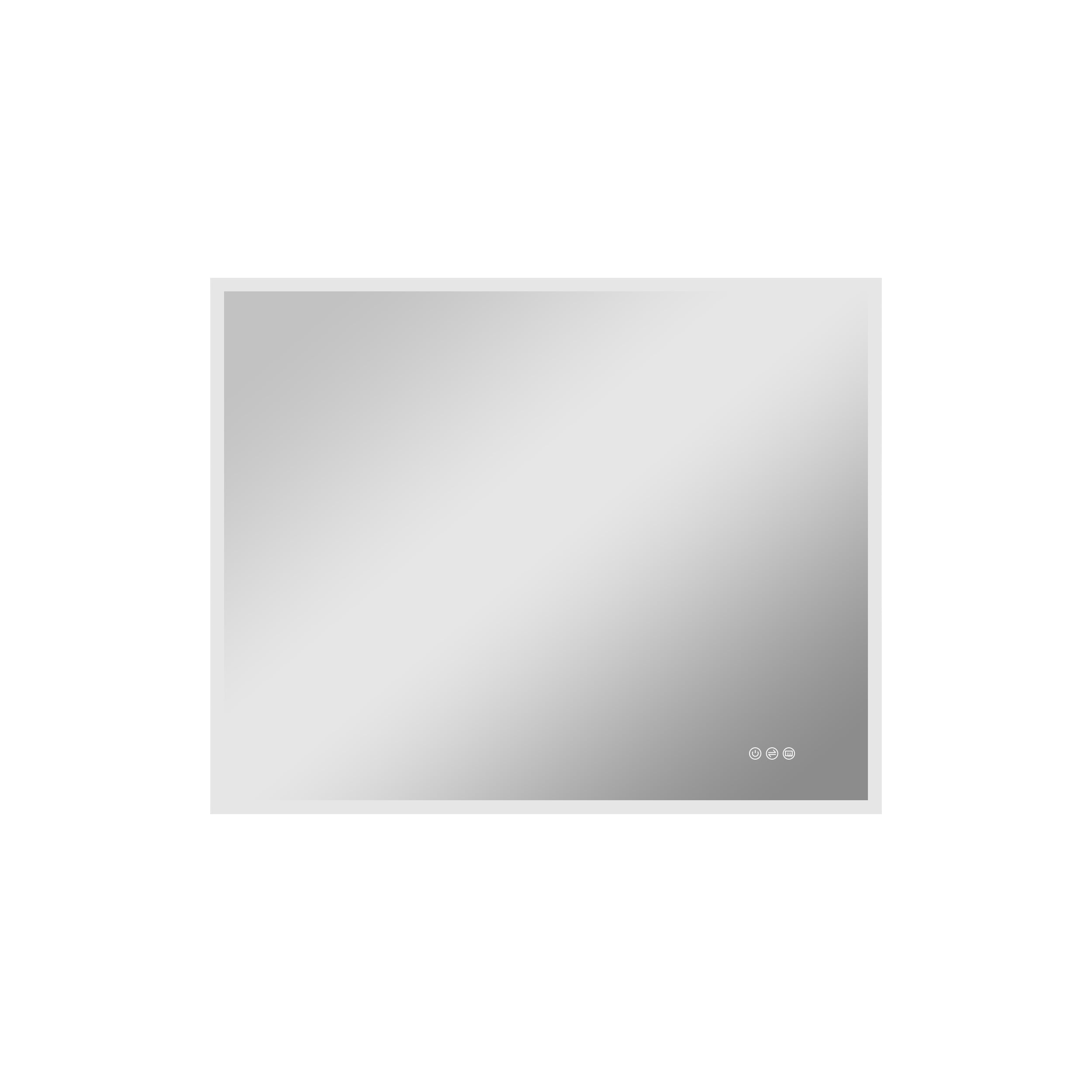
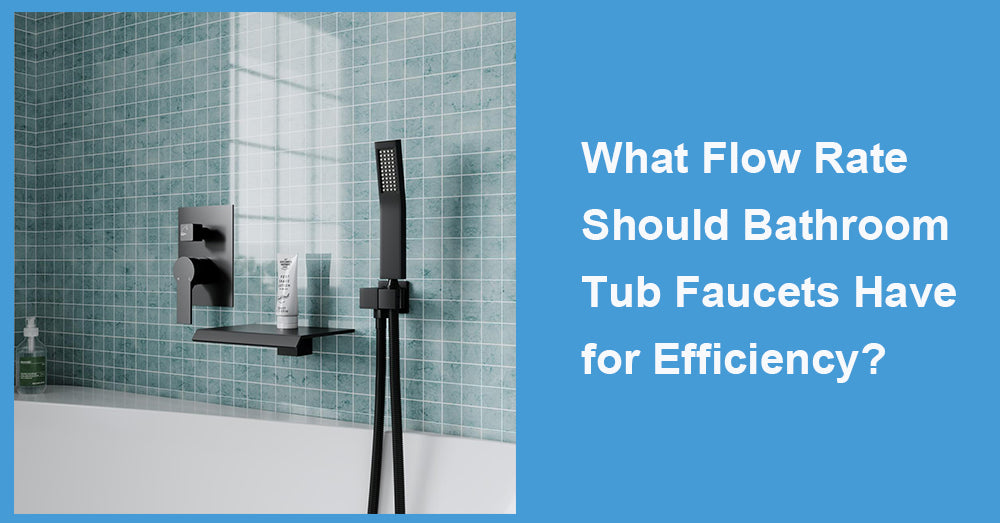

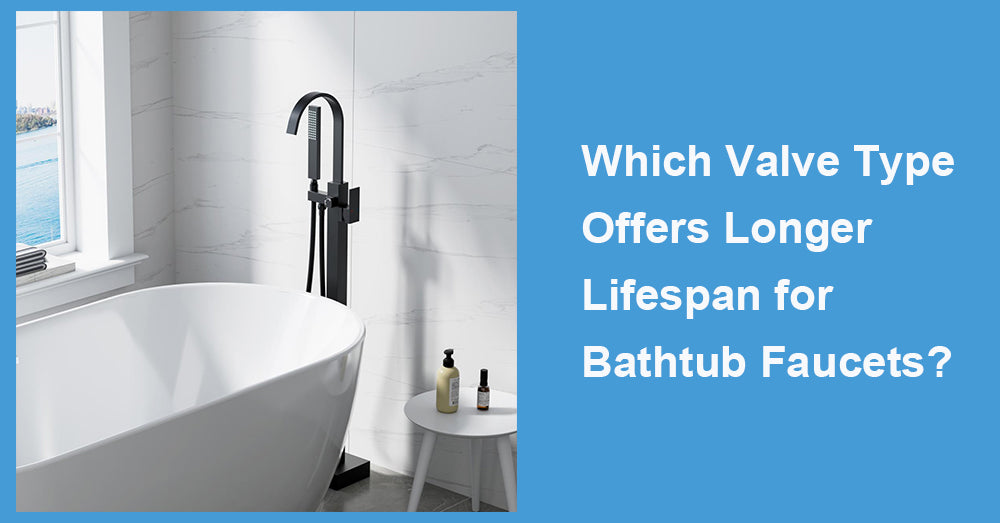
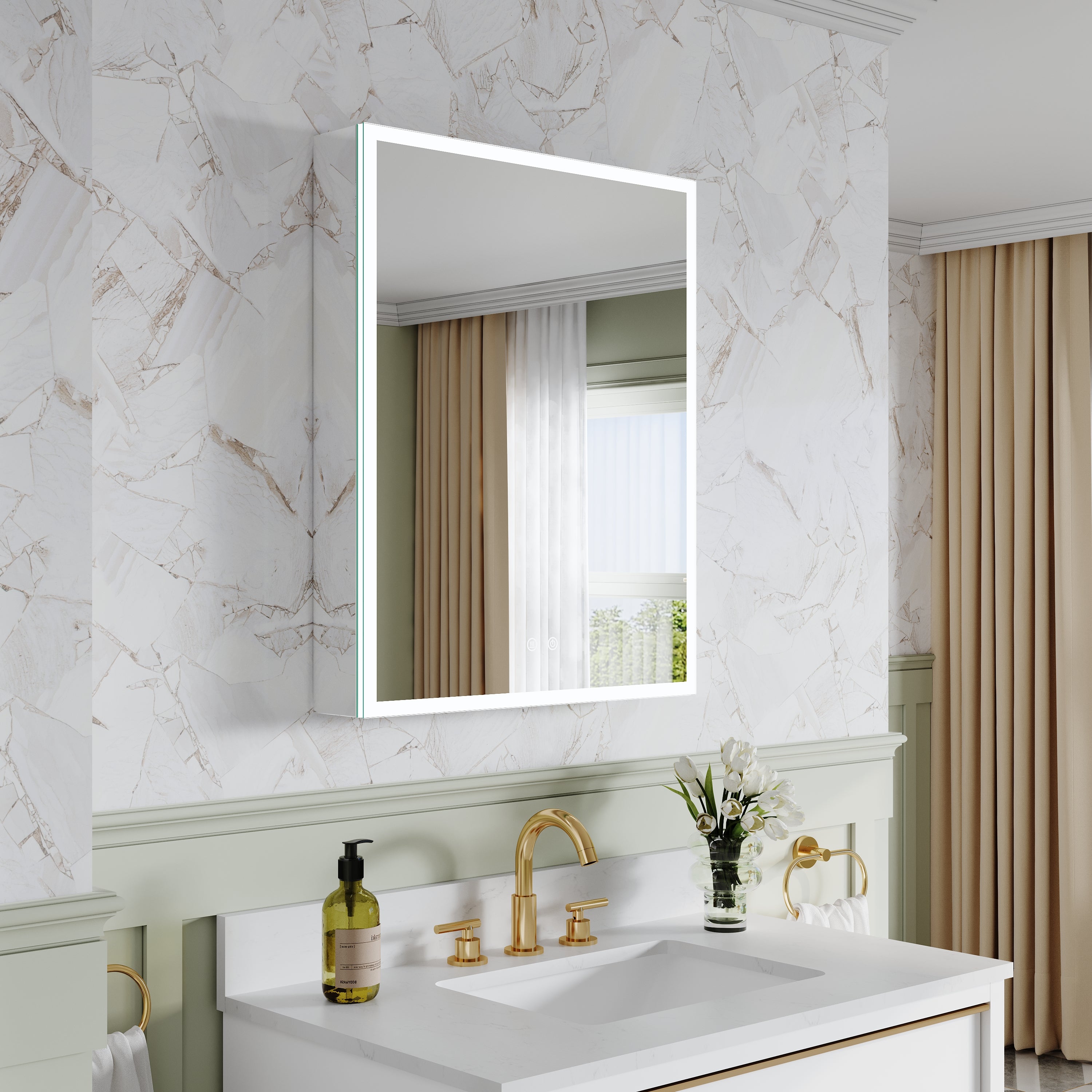
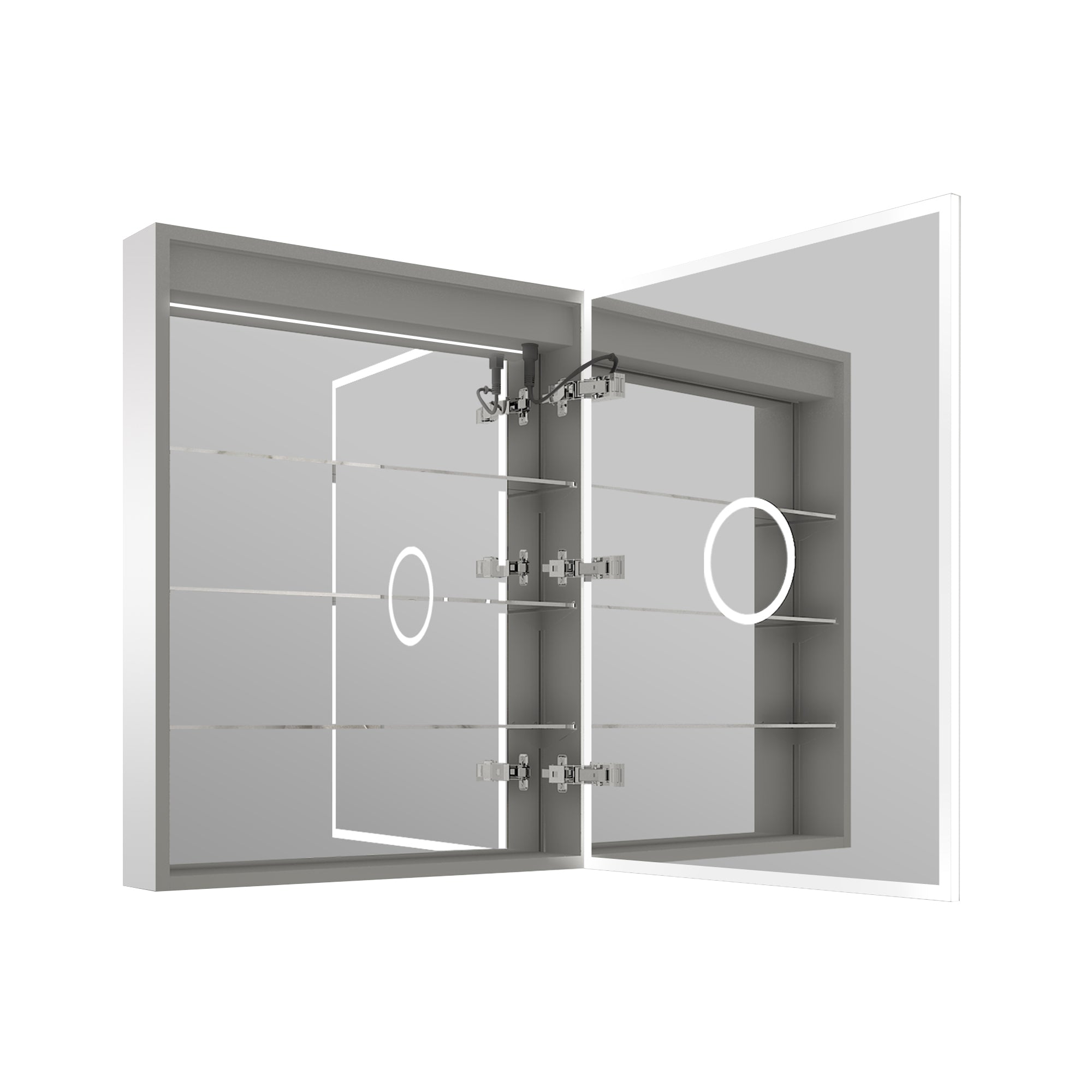
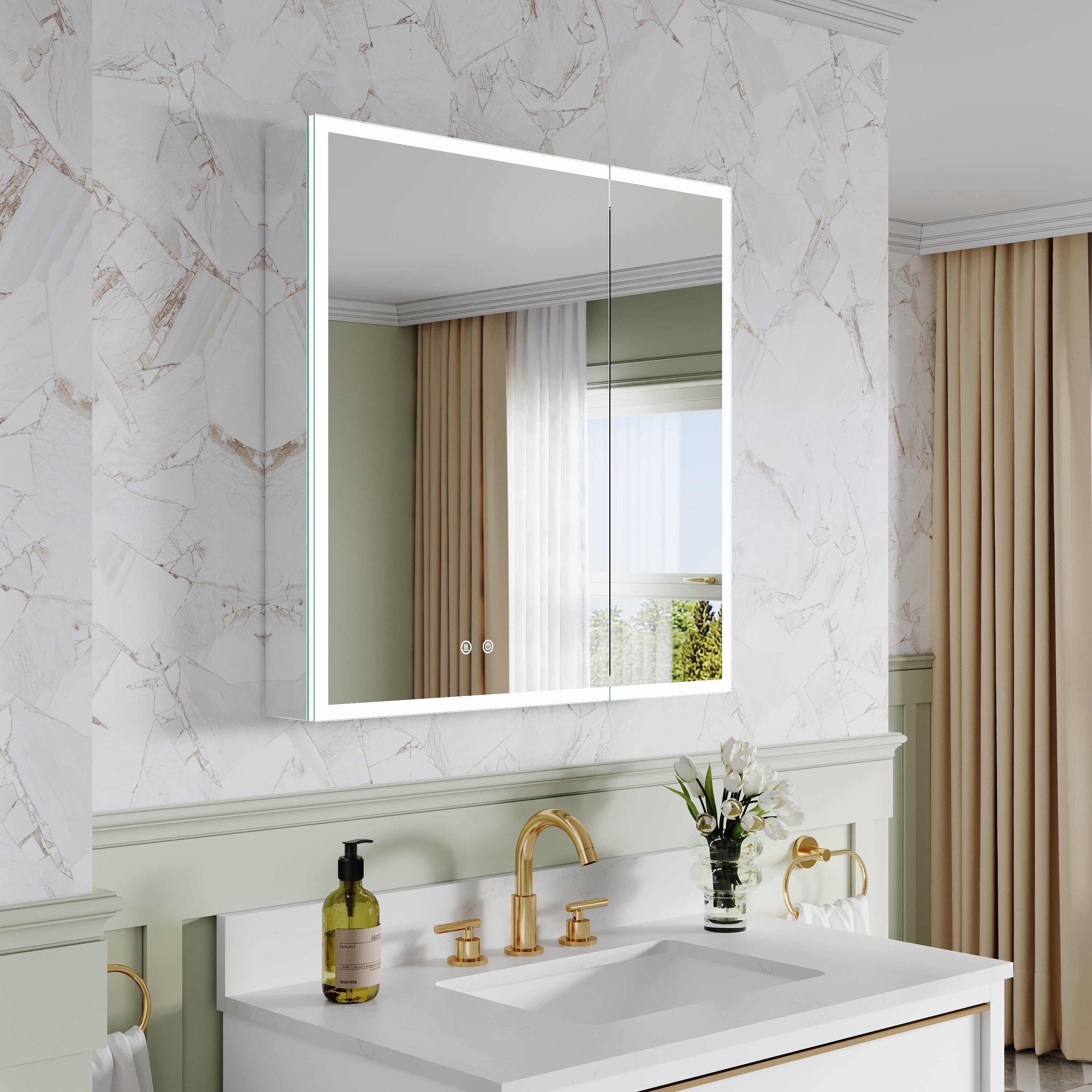
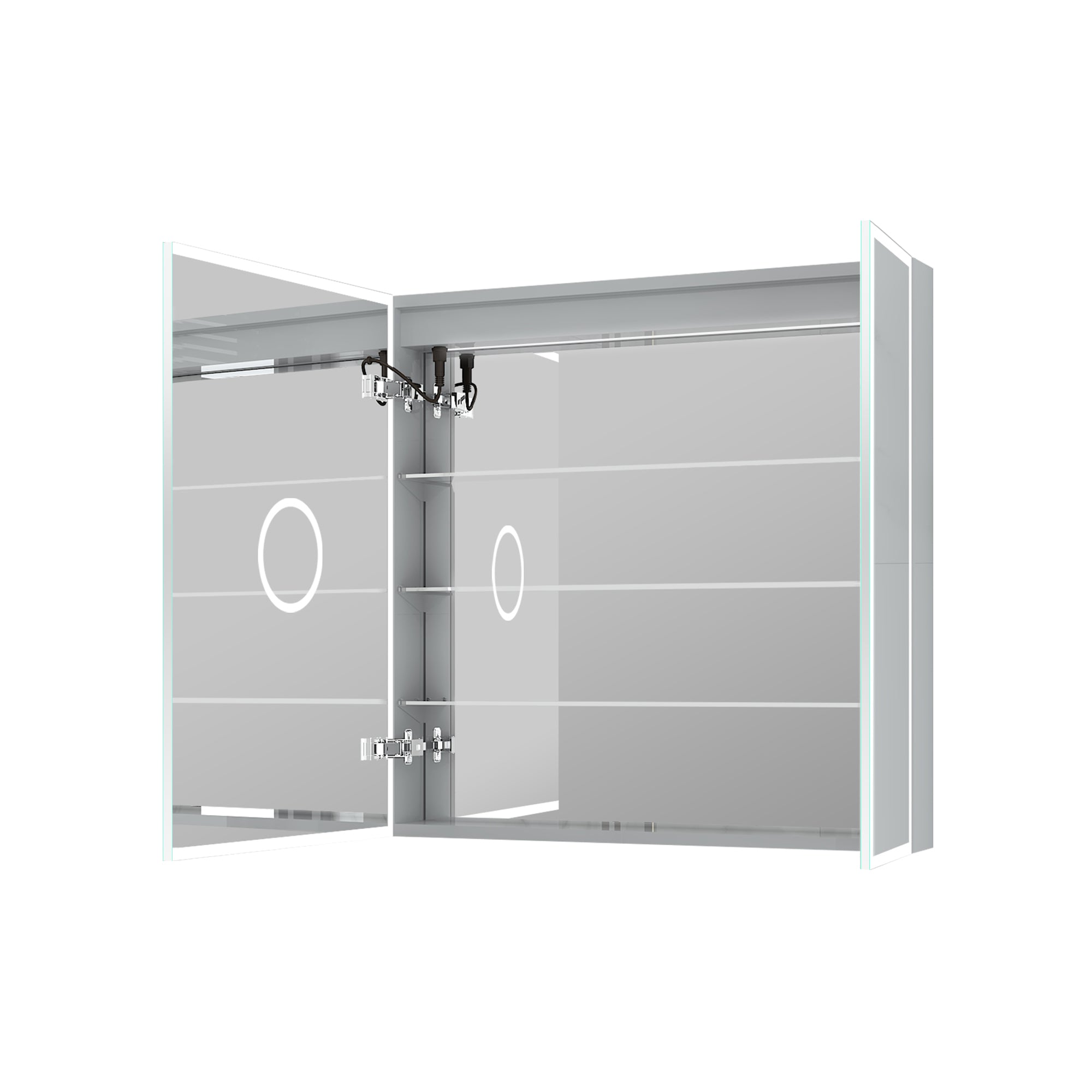
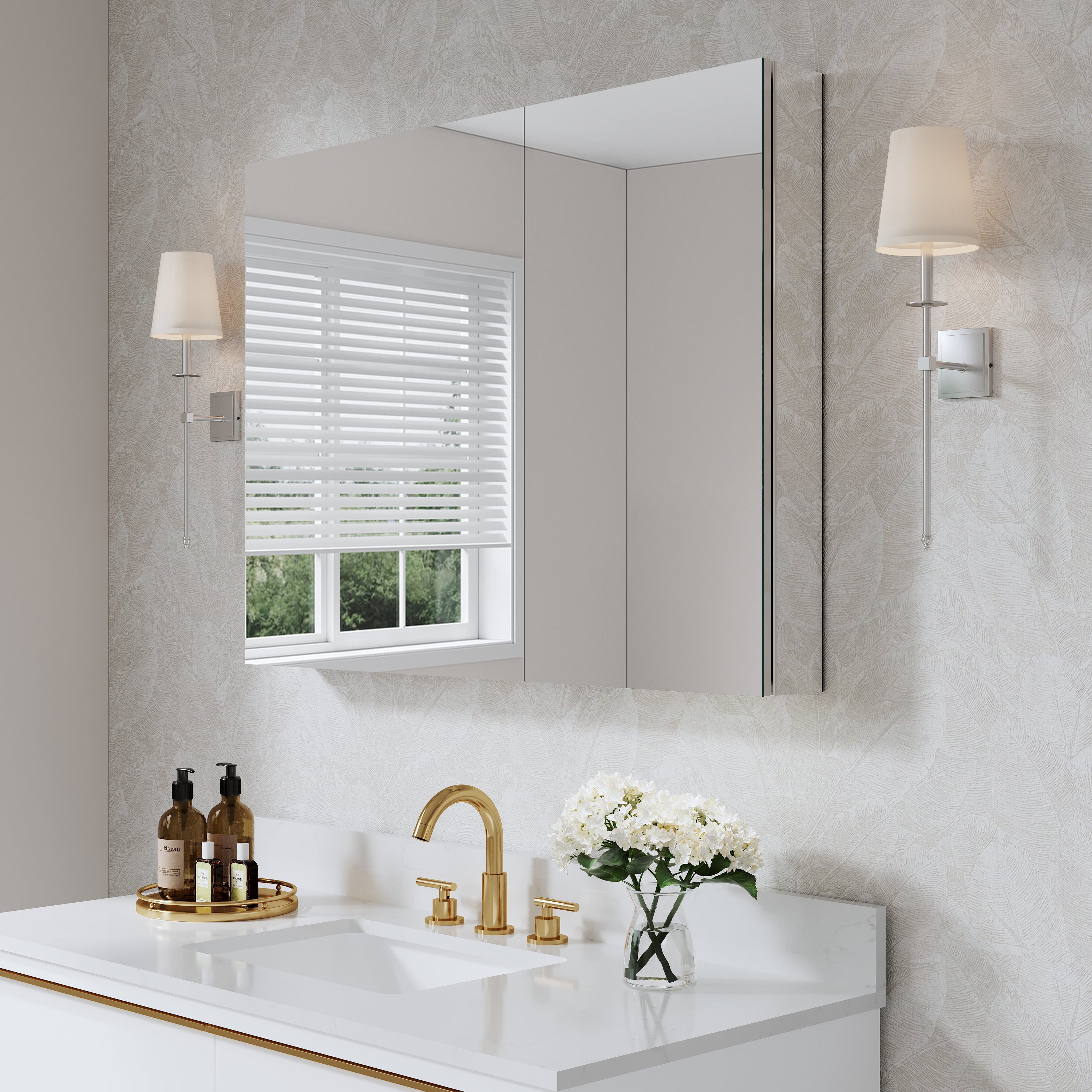

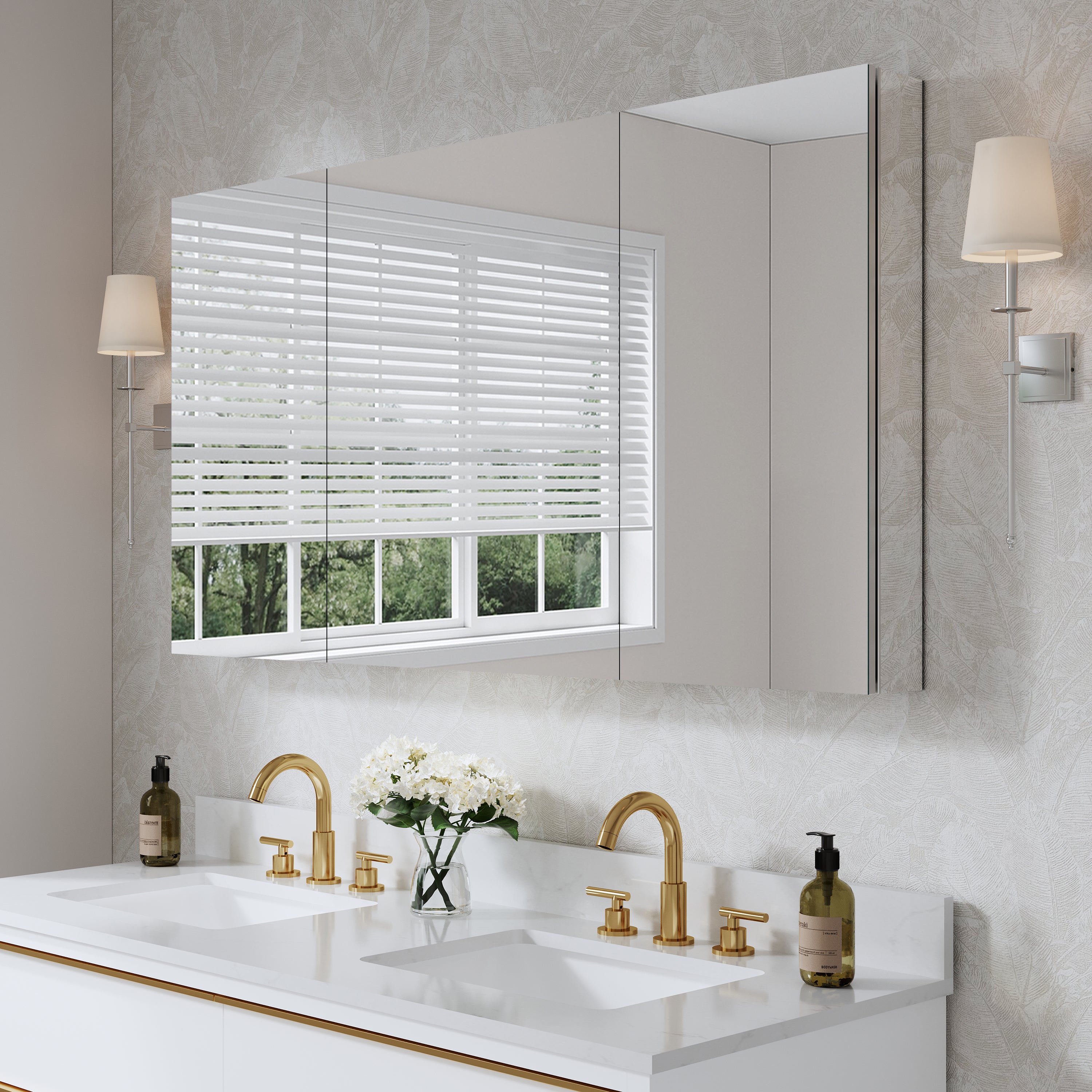

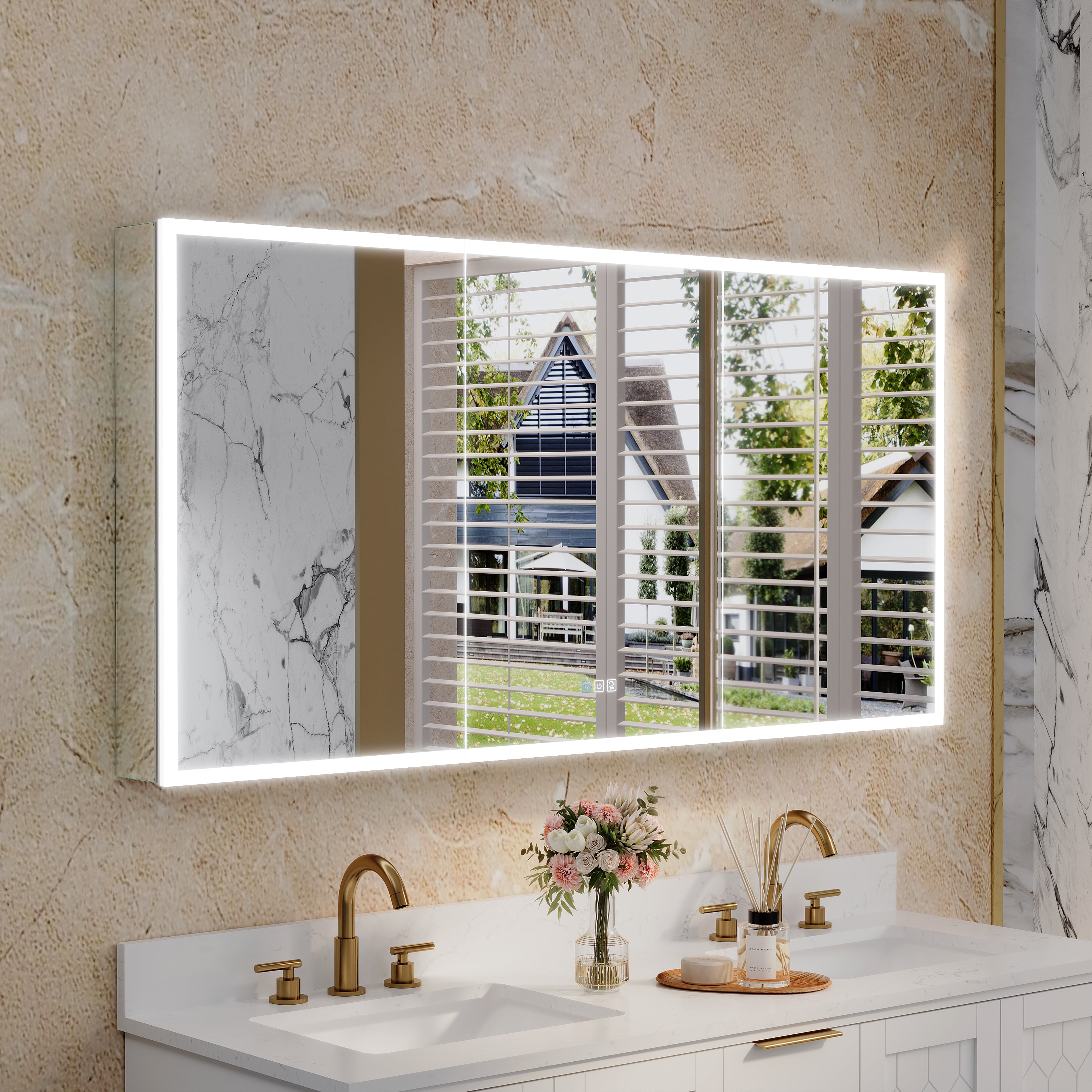

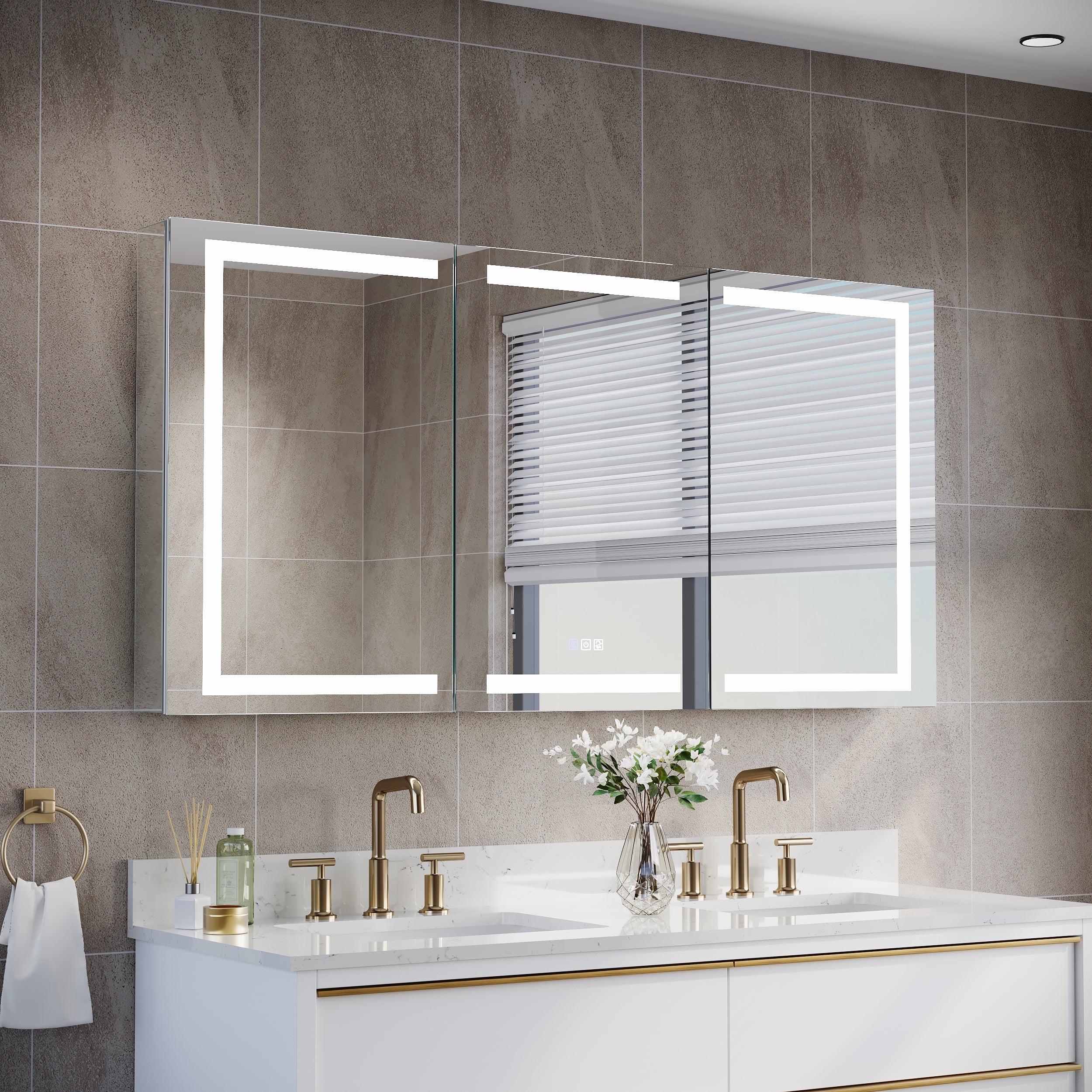


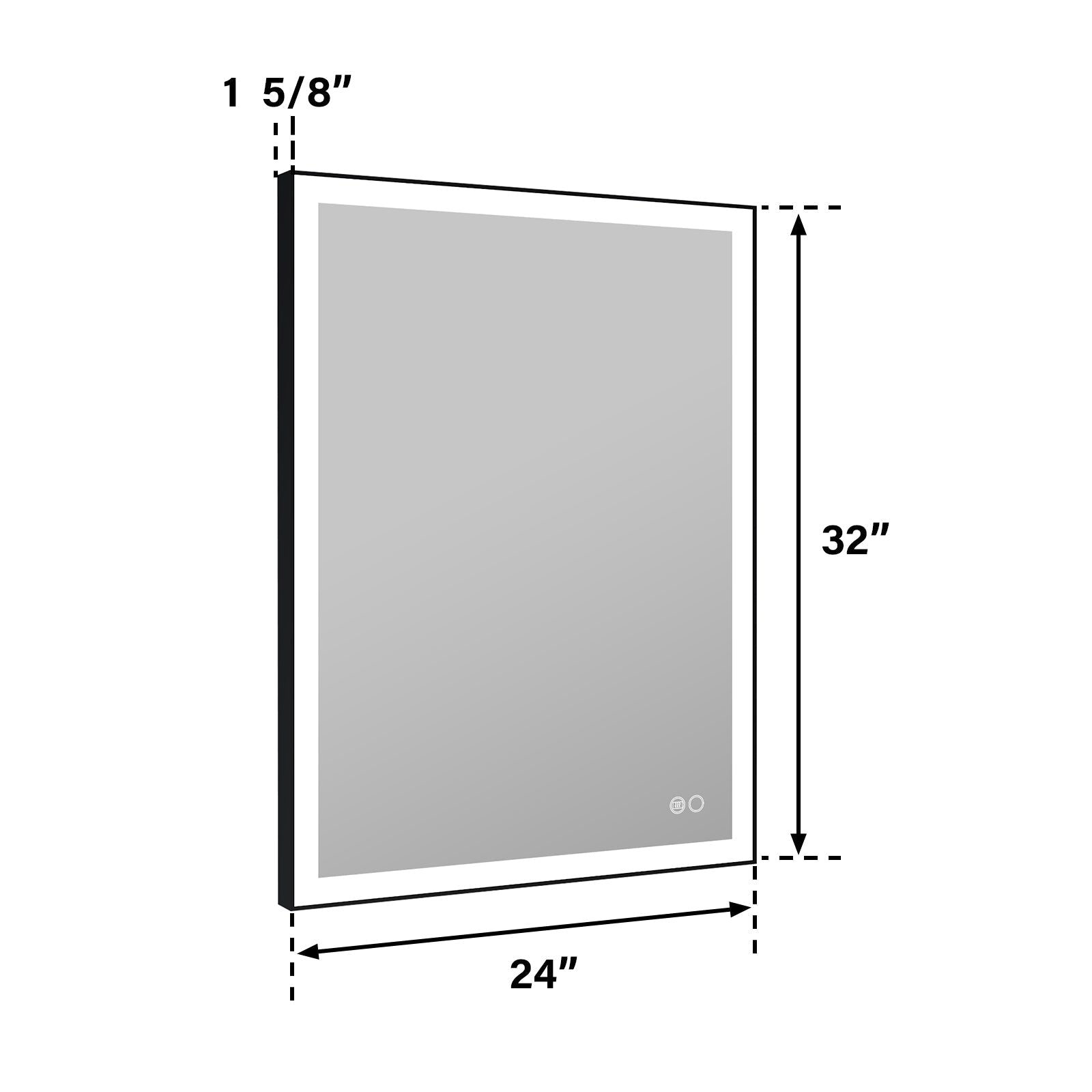
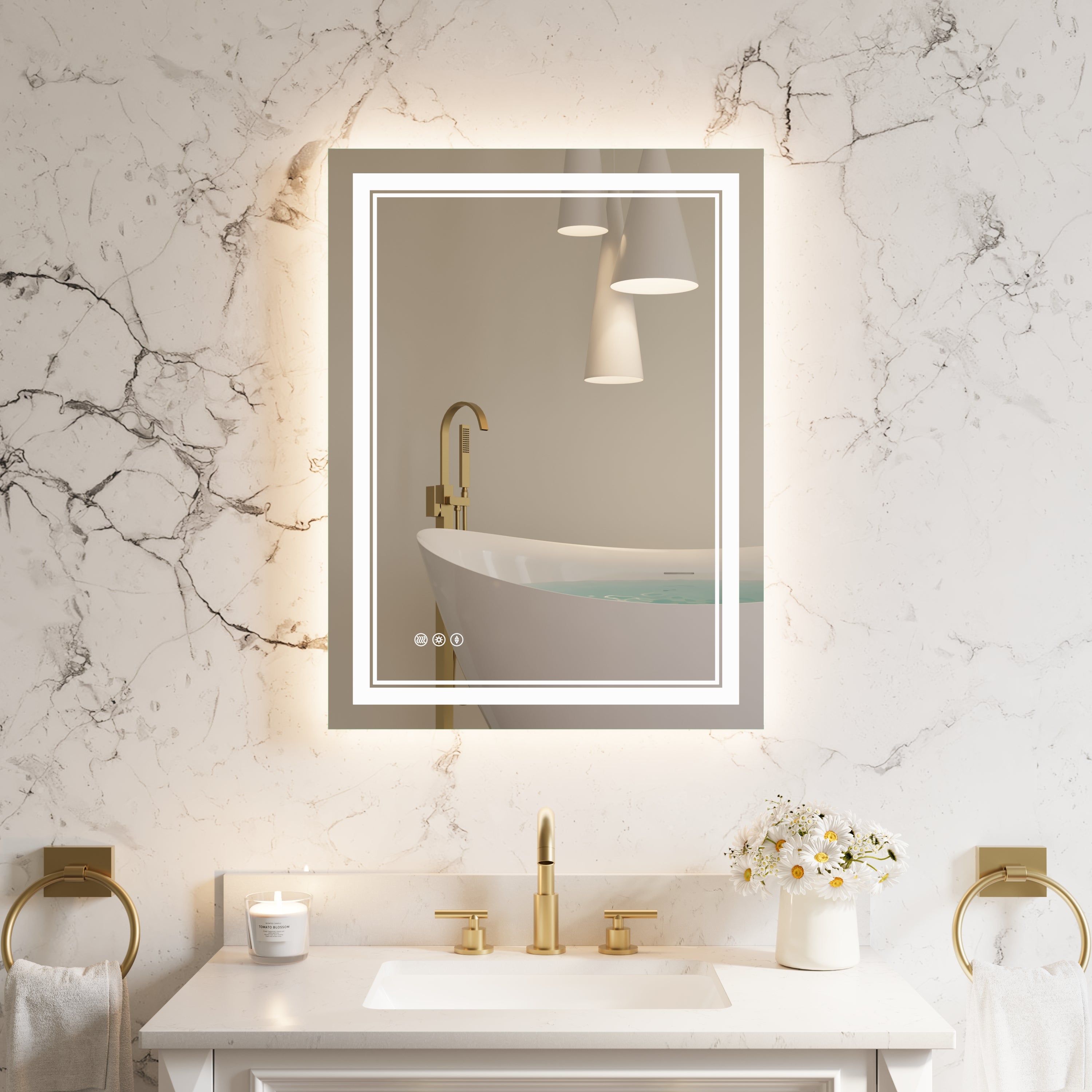
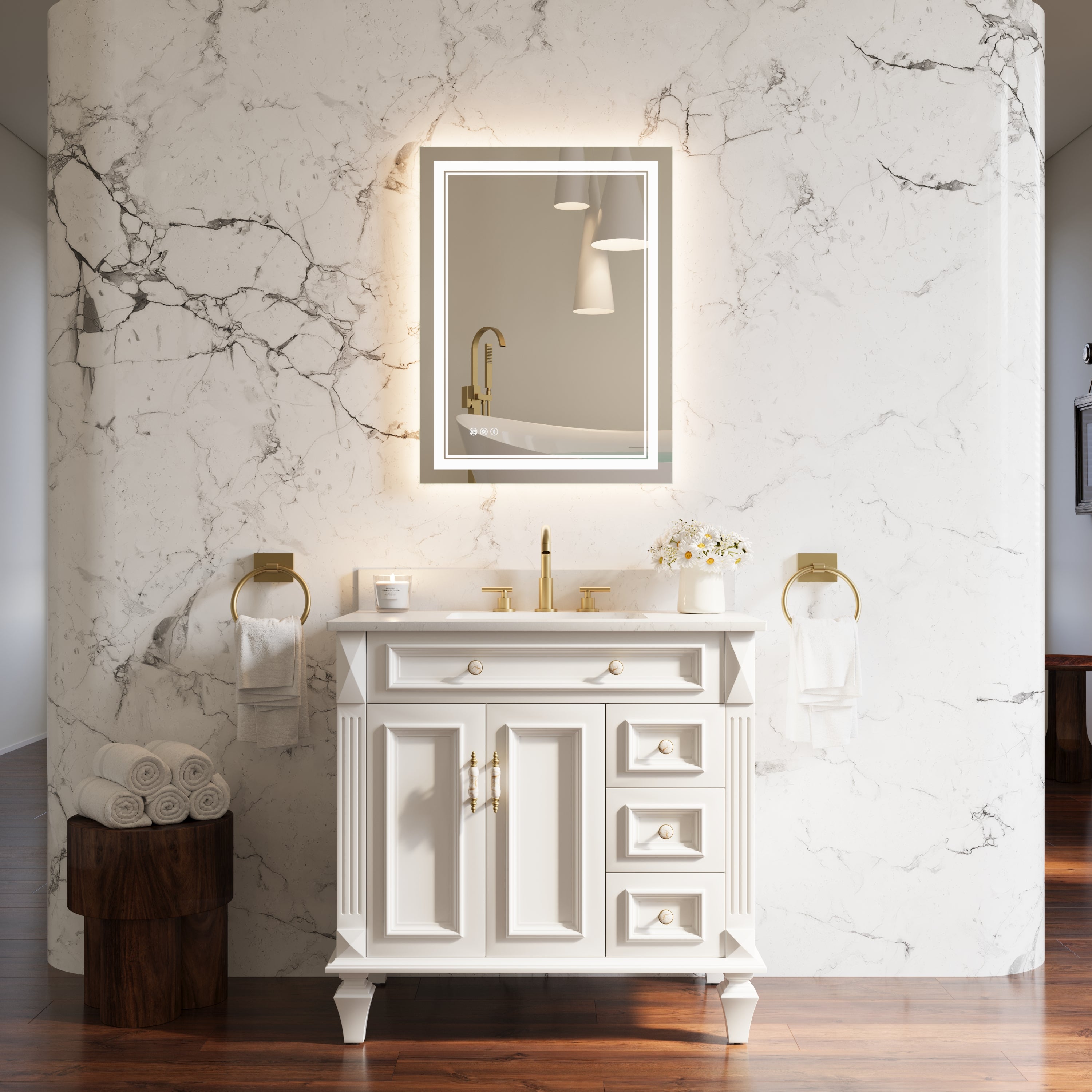
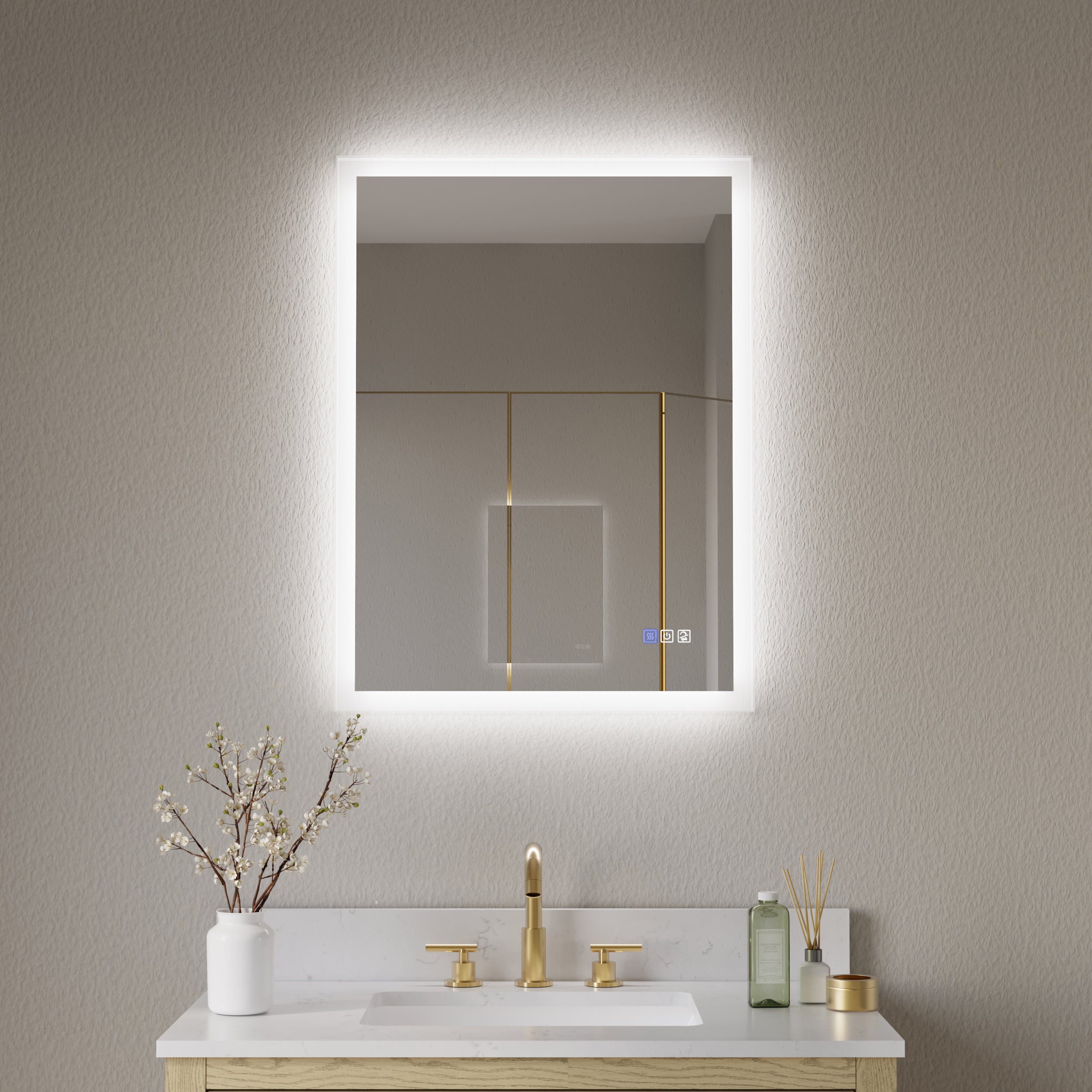

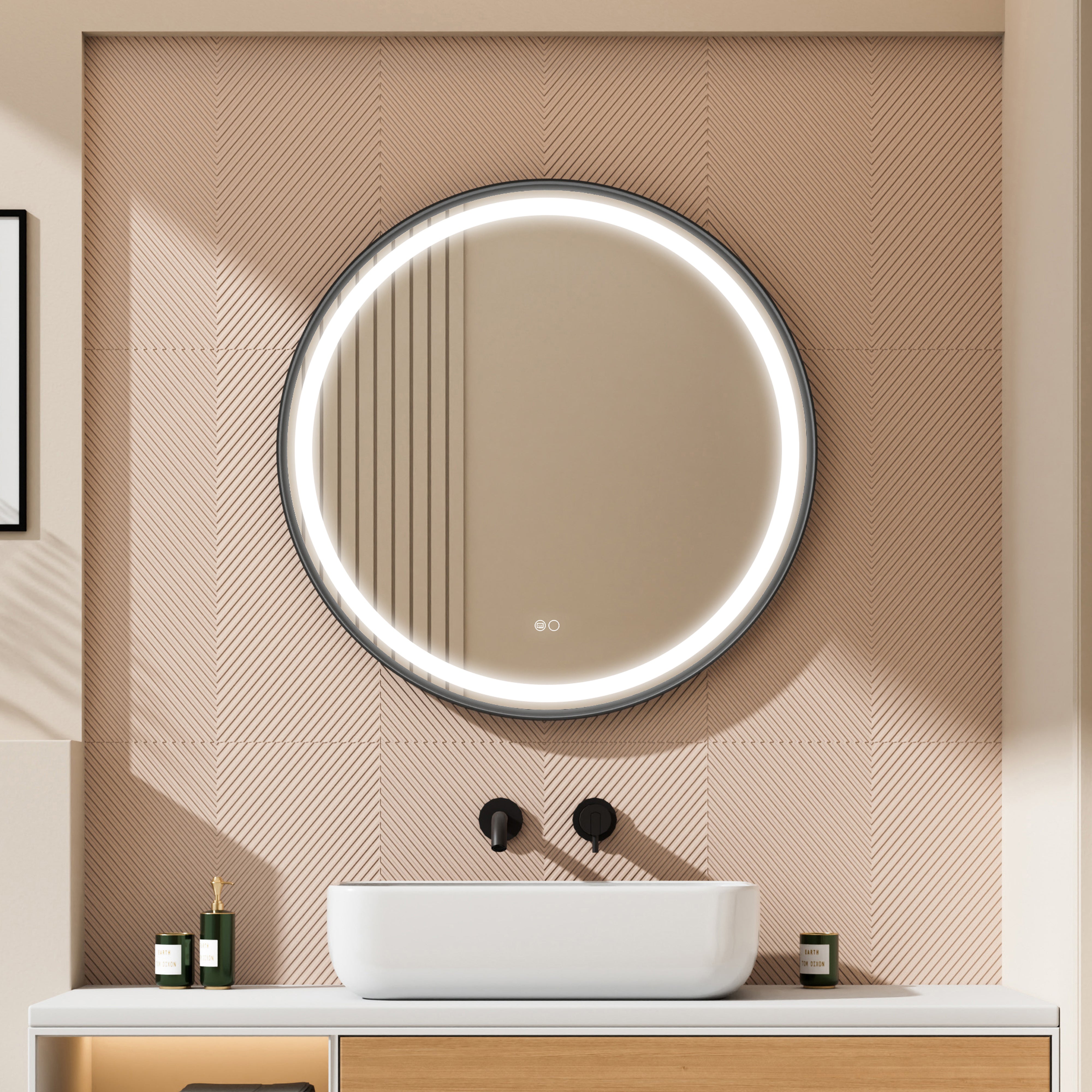
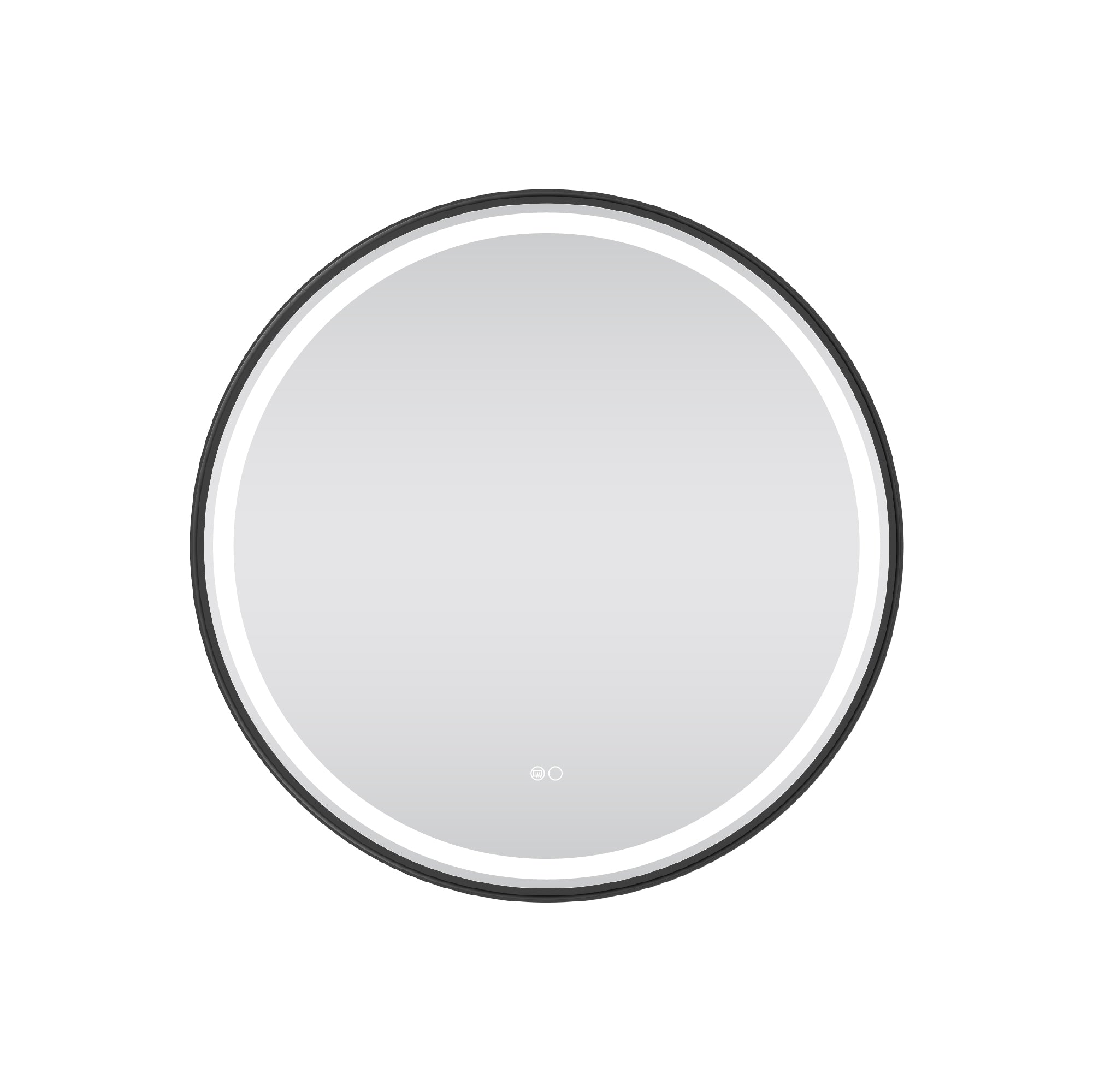


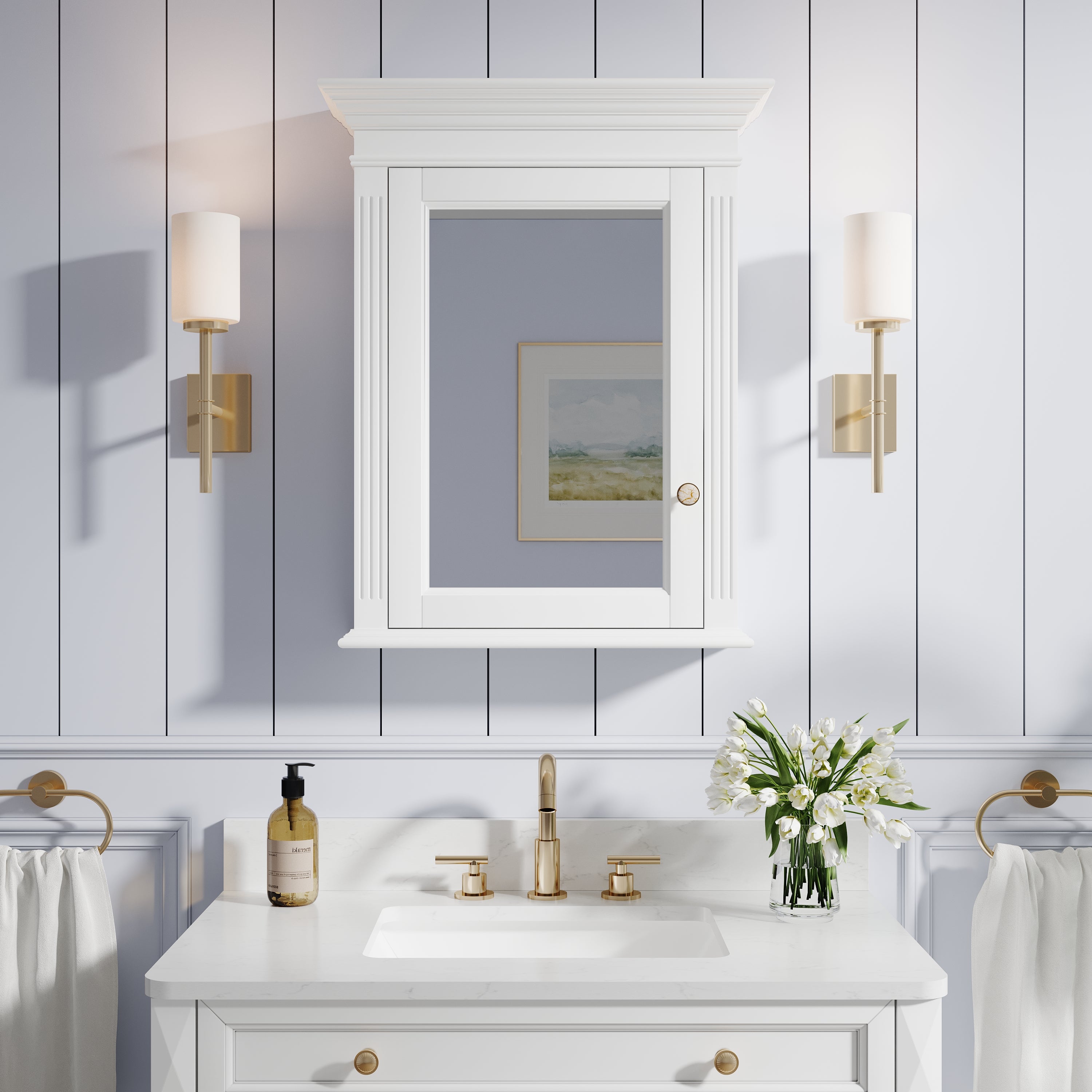
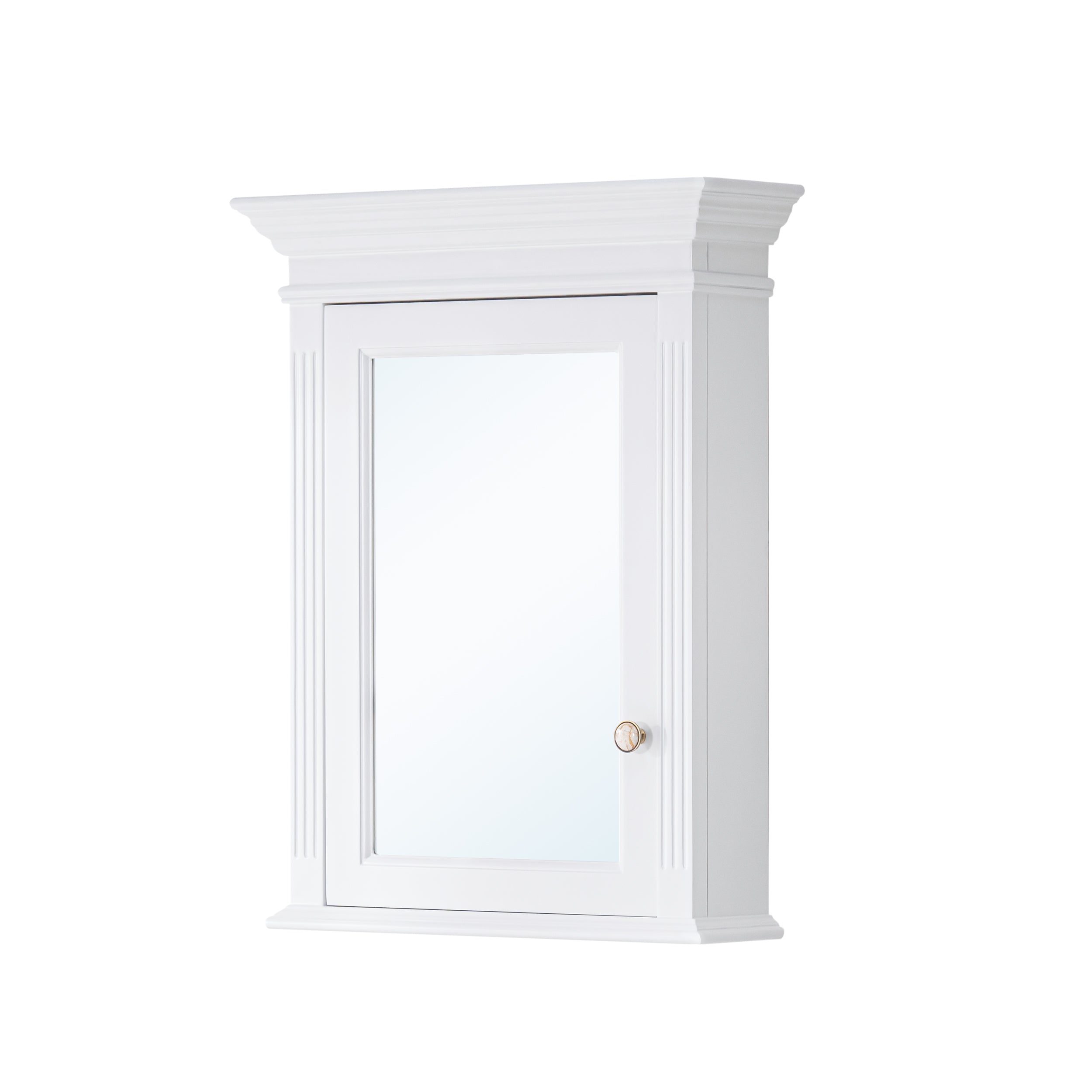
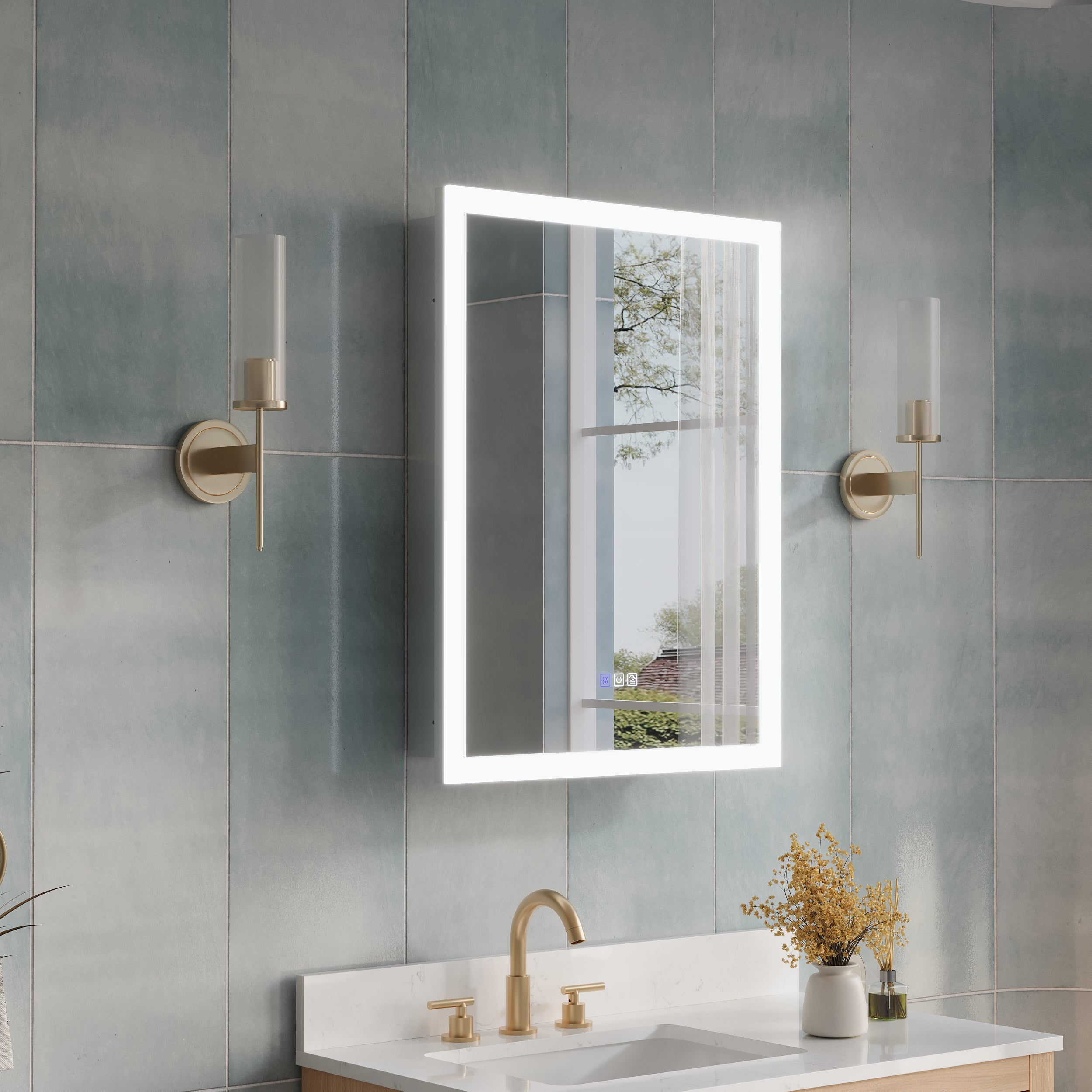
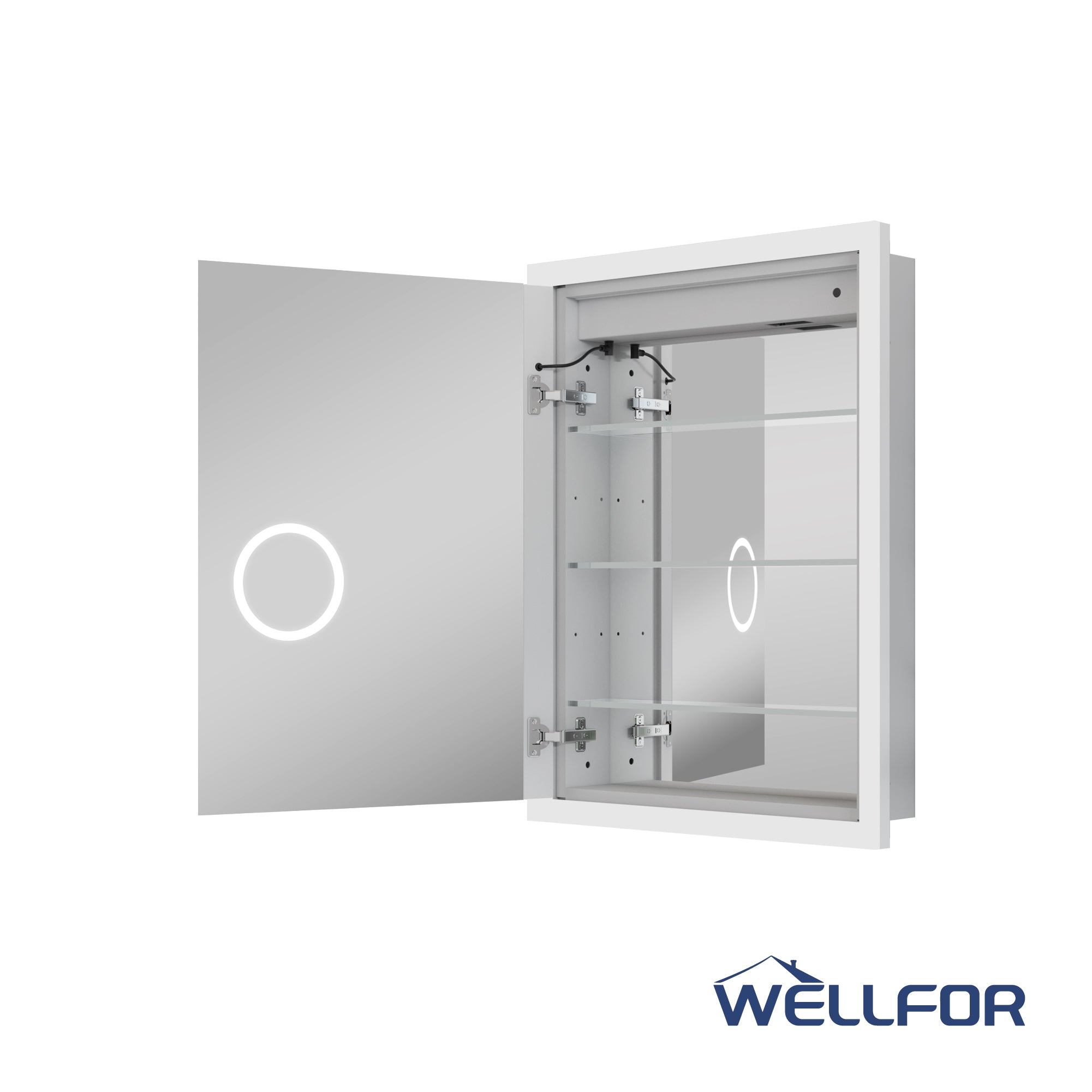
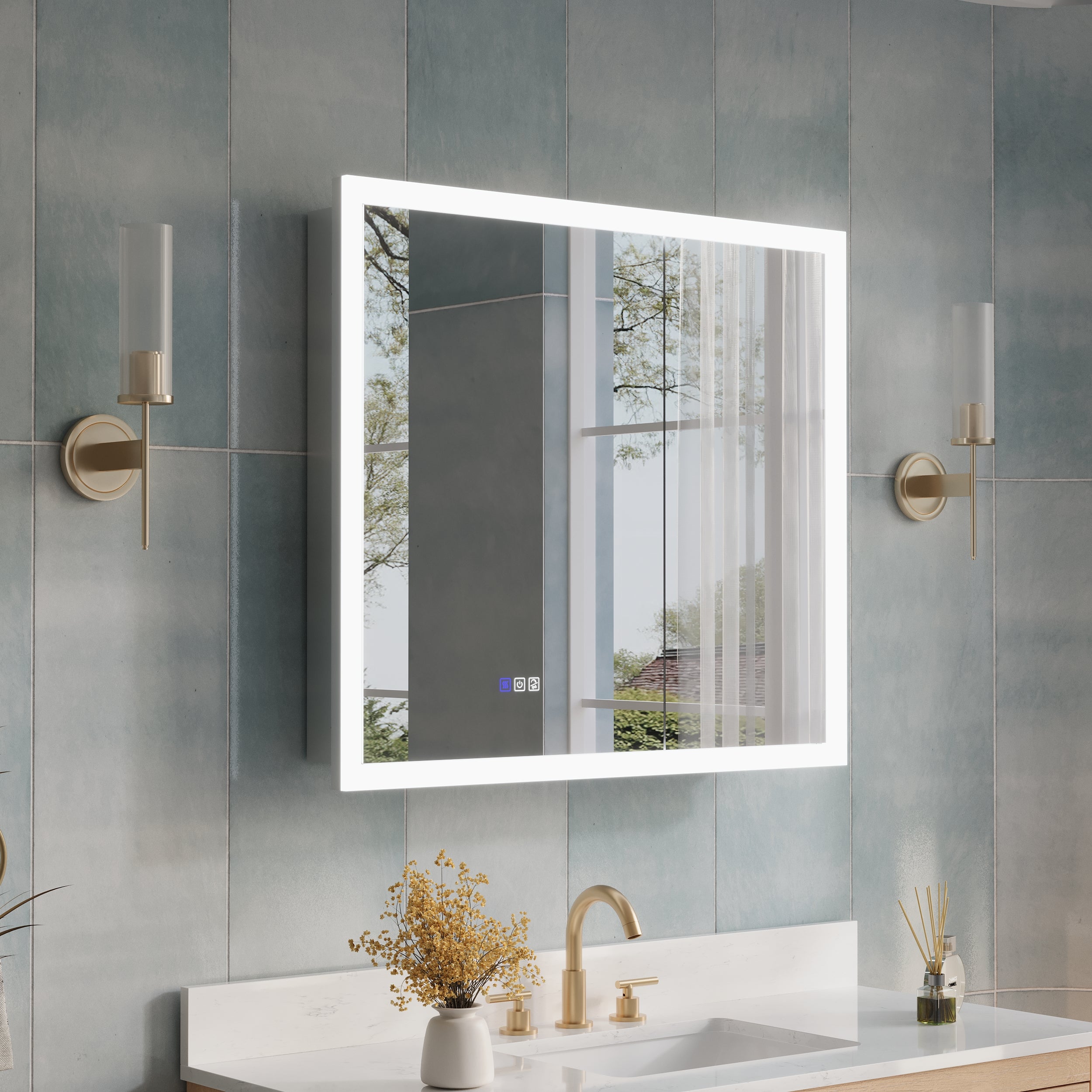




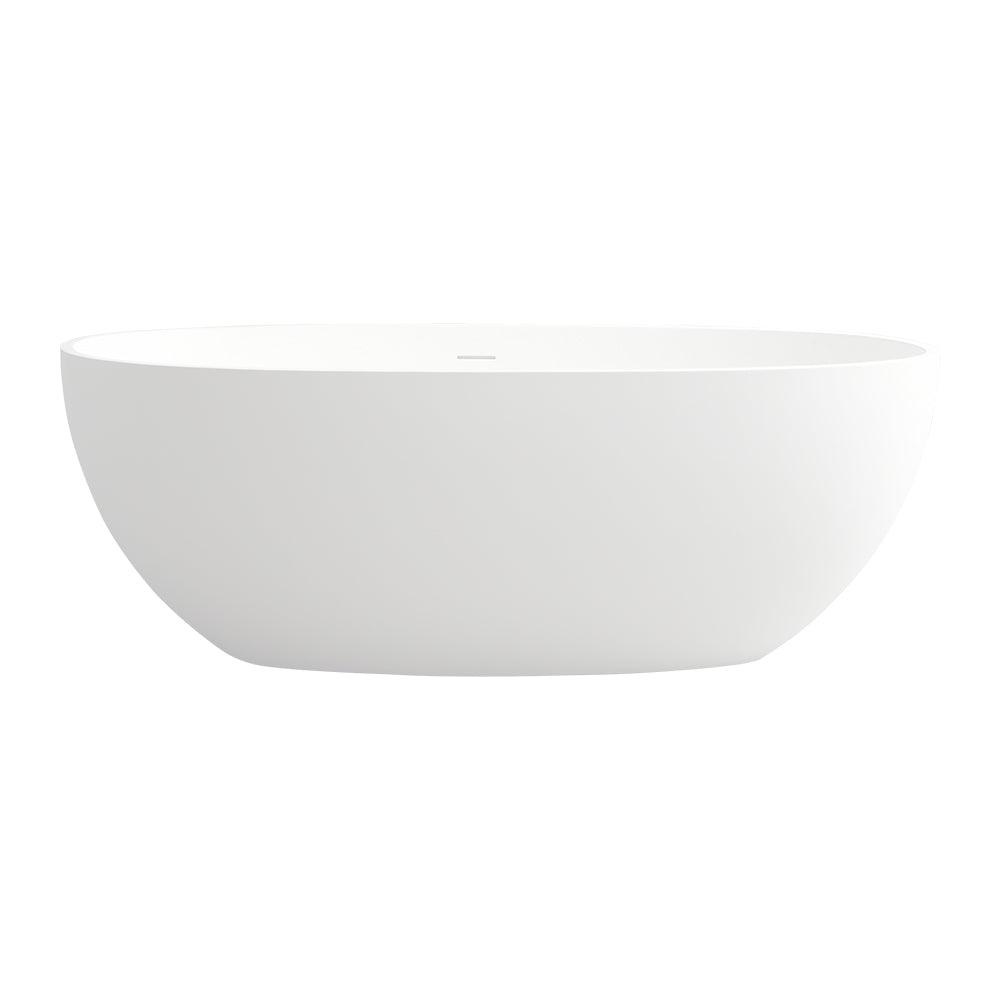
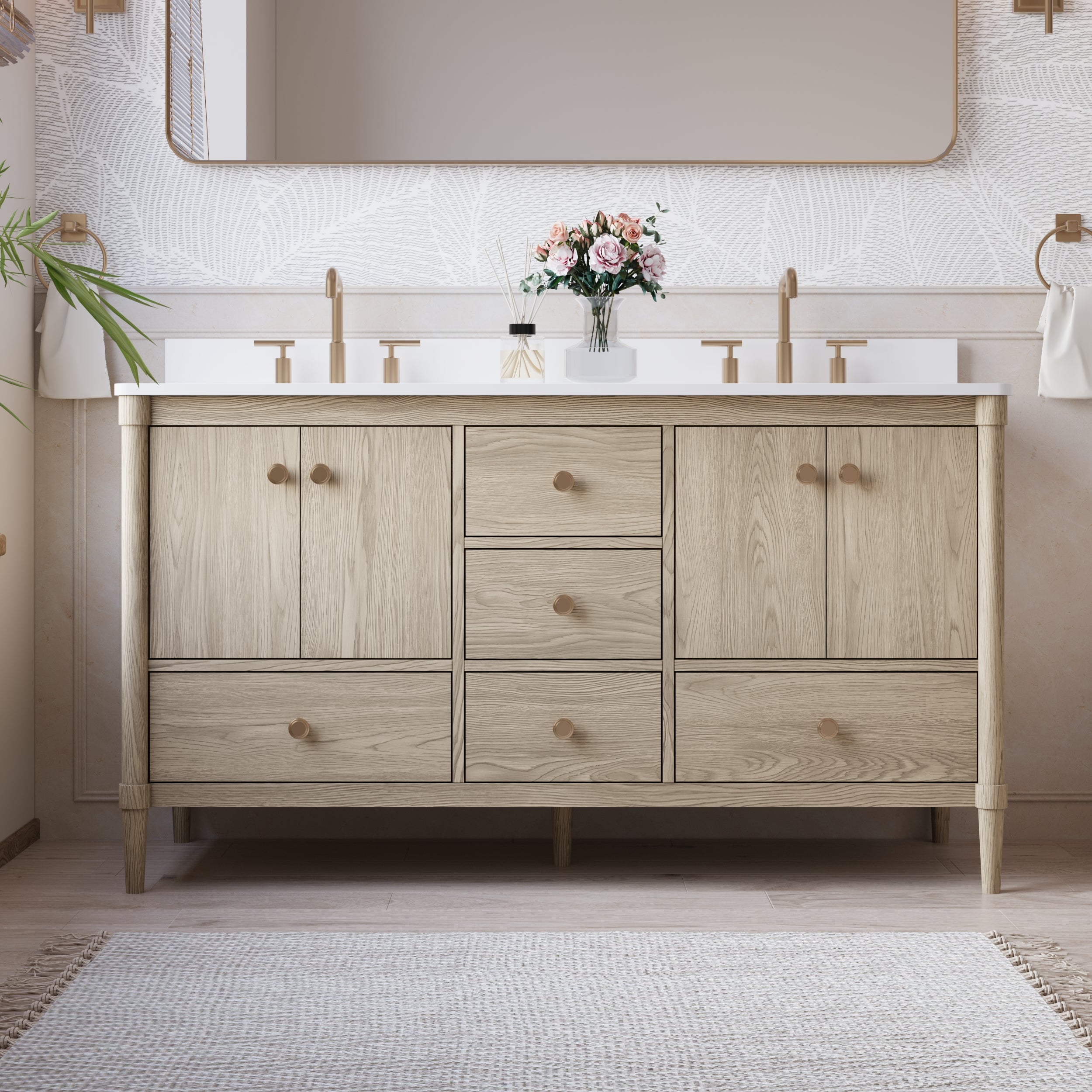
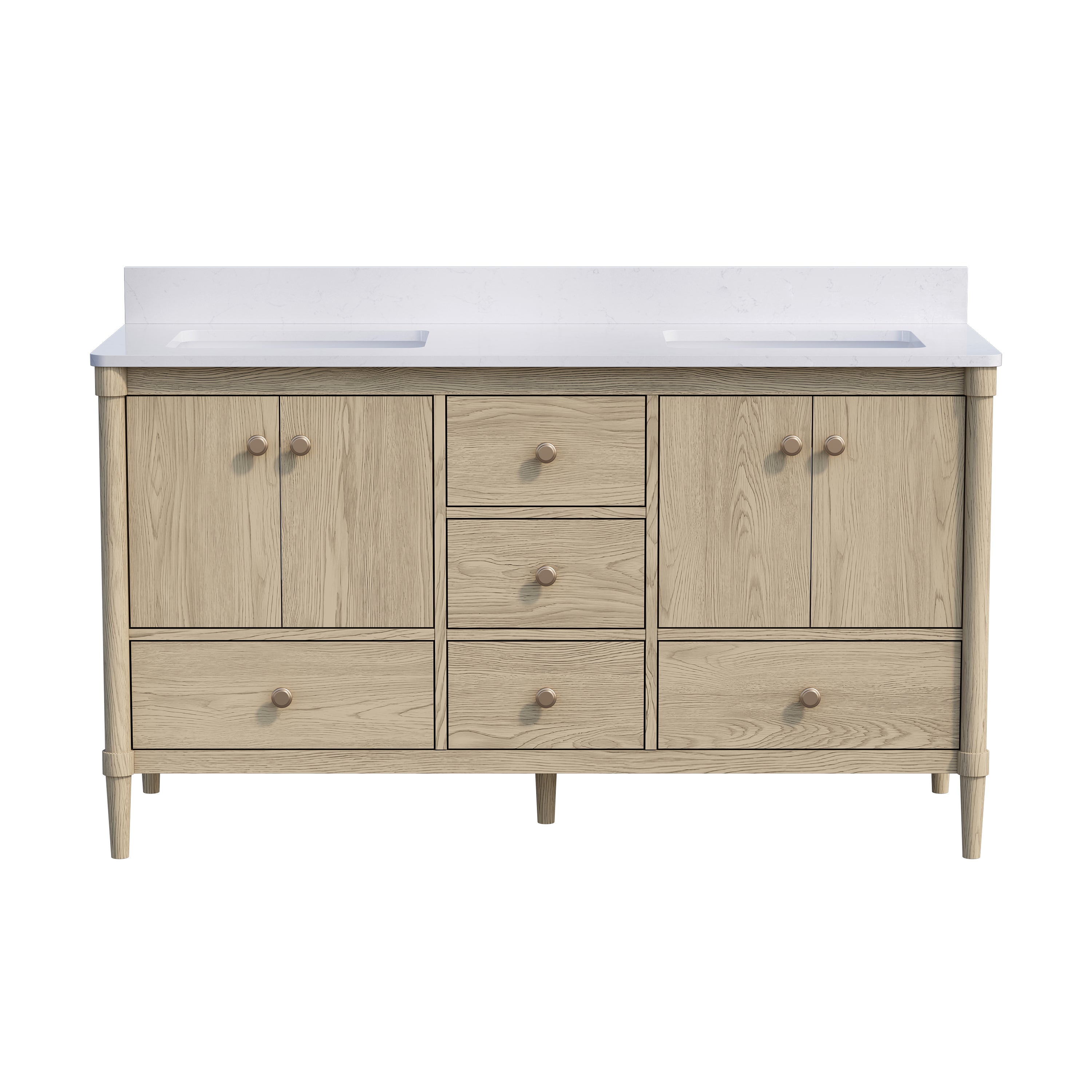
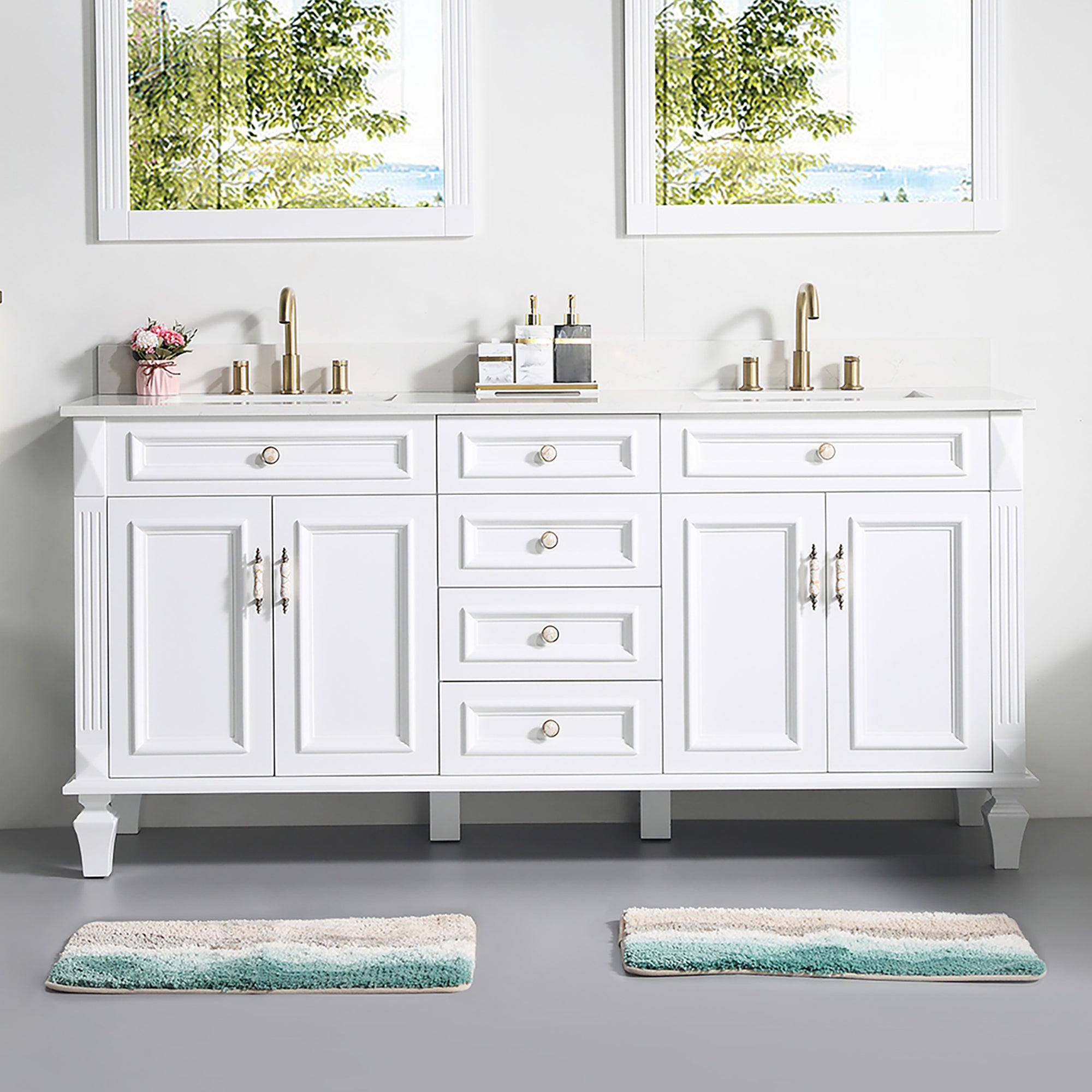

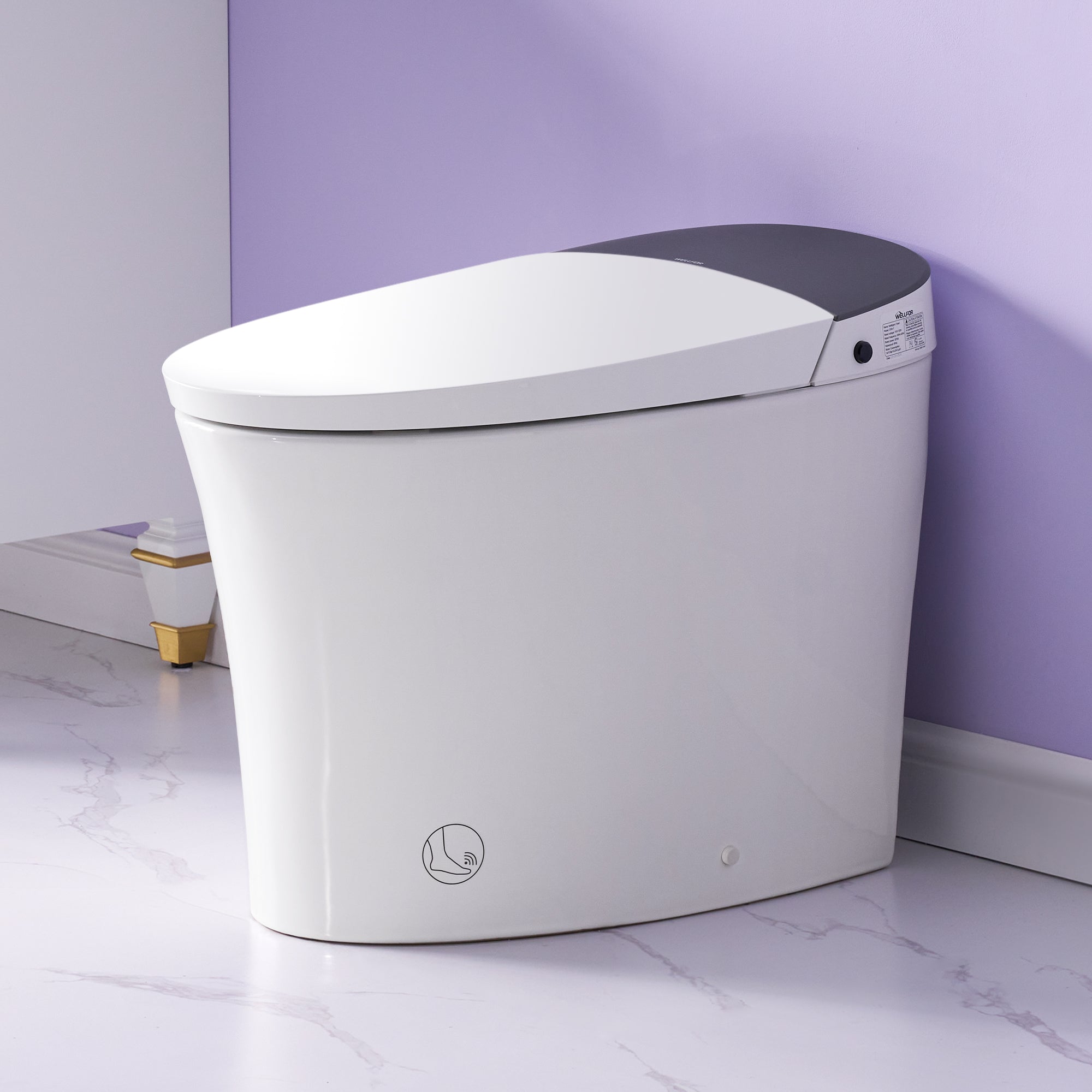
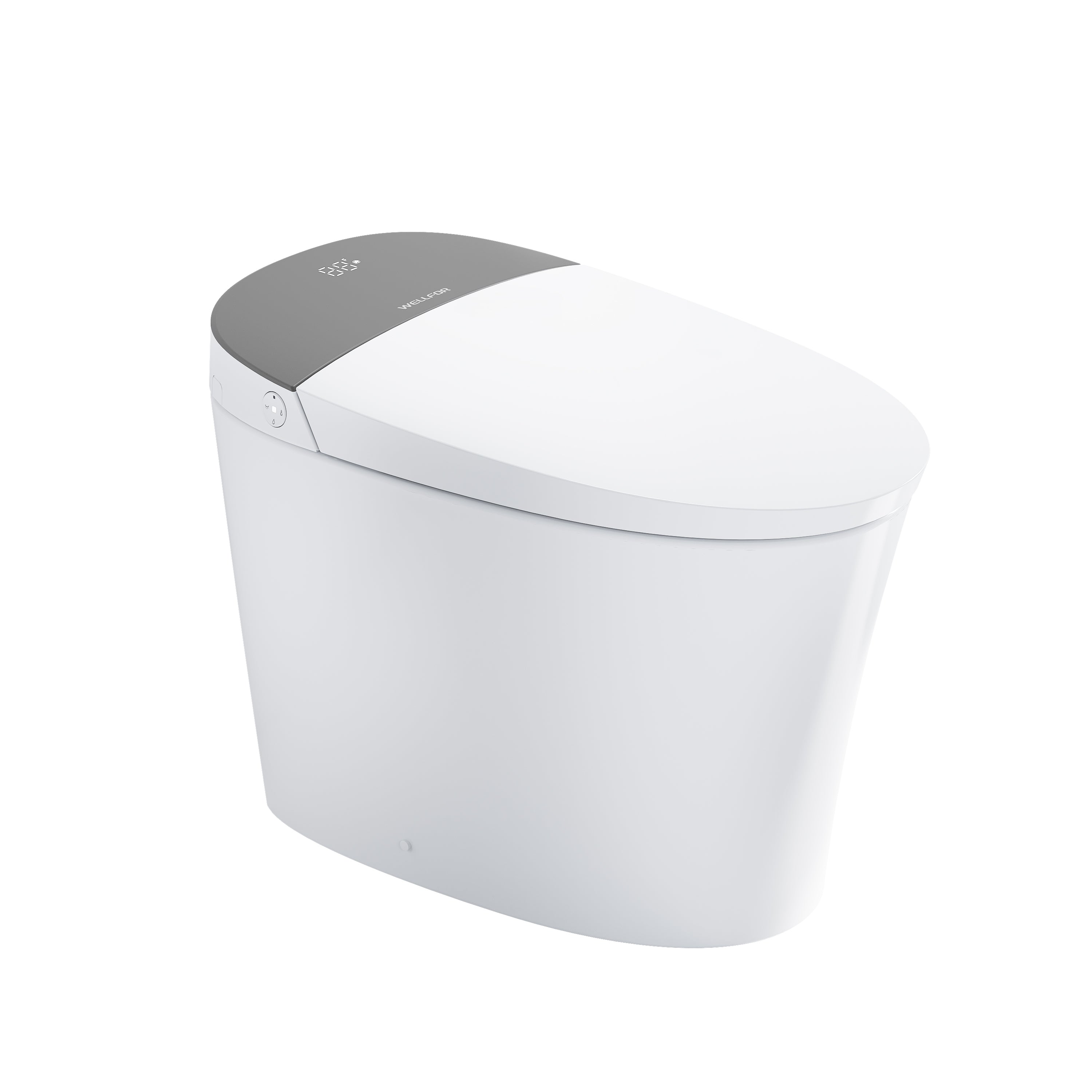

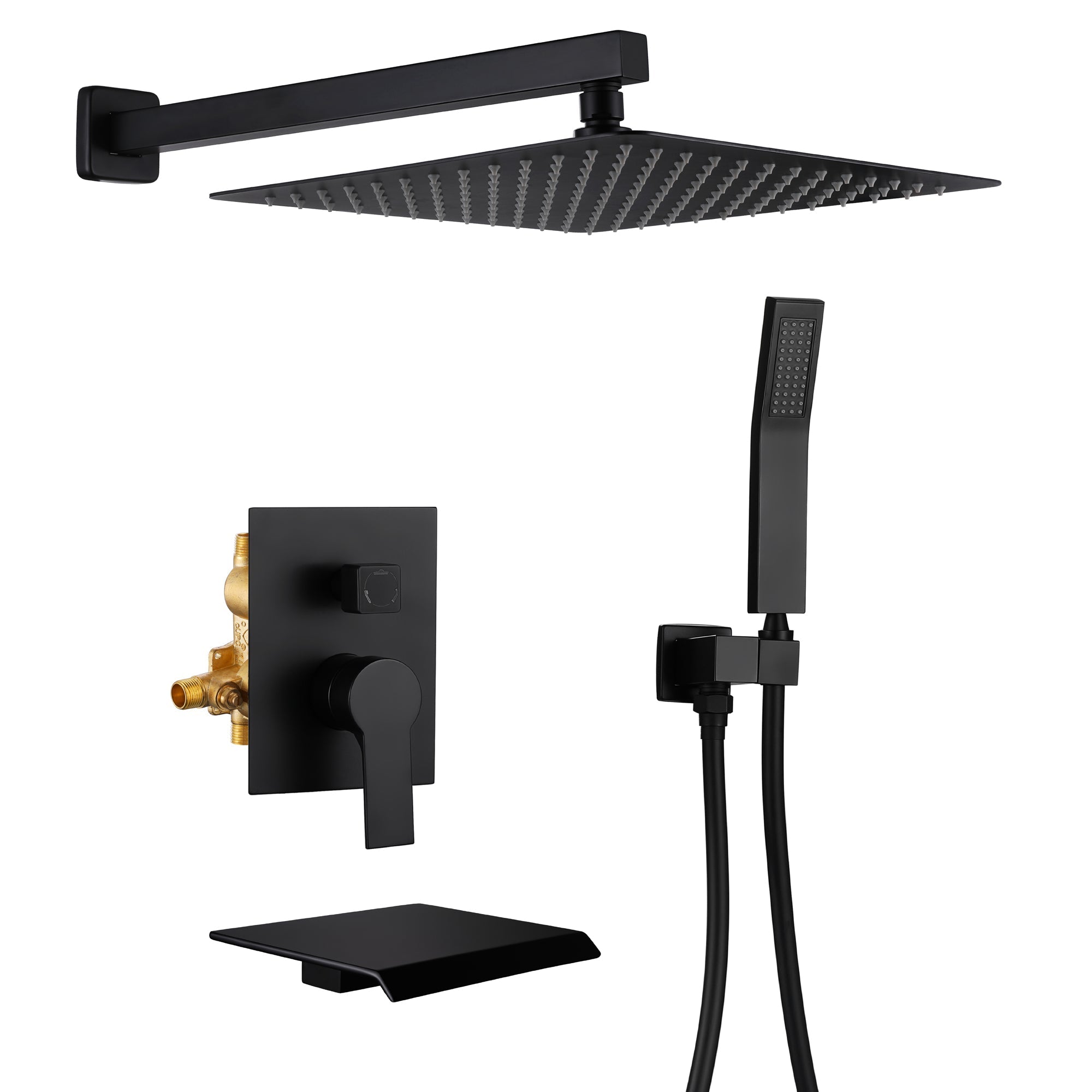
Leave a comment
This site is protected by hCaptcha and the hCaptcha Privacy Policy and Terms of Service apply.